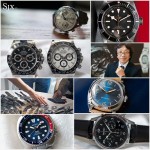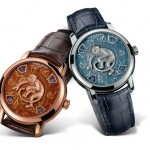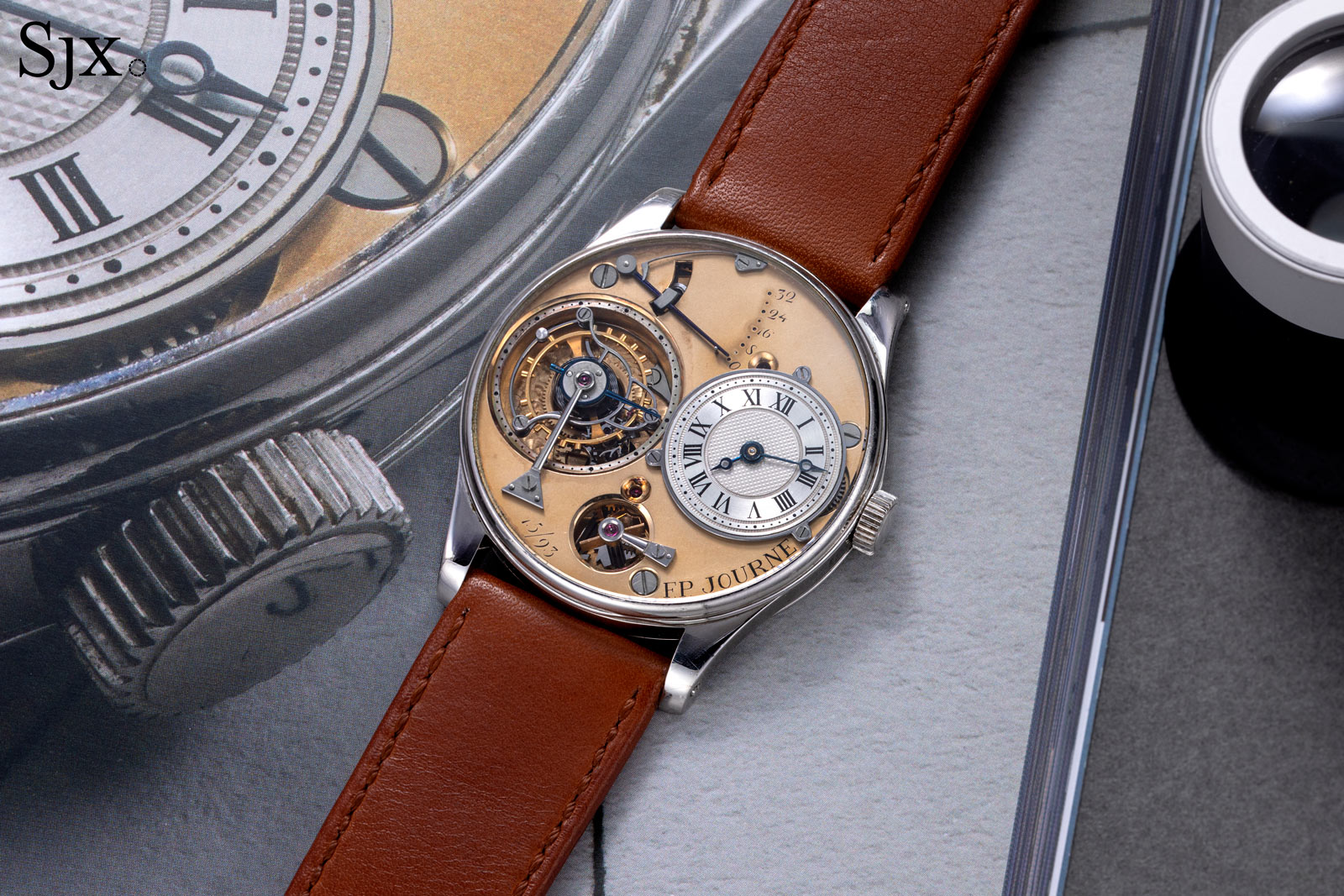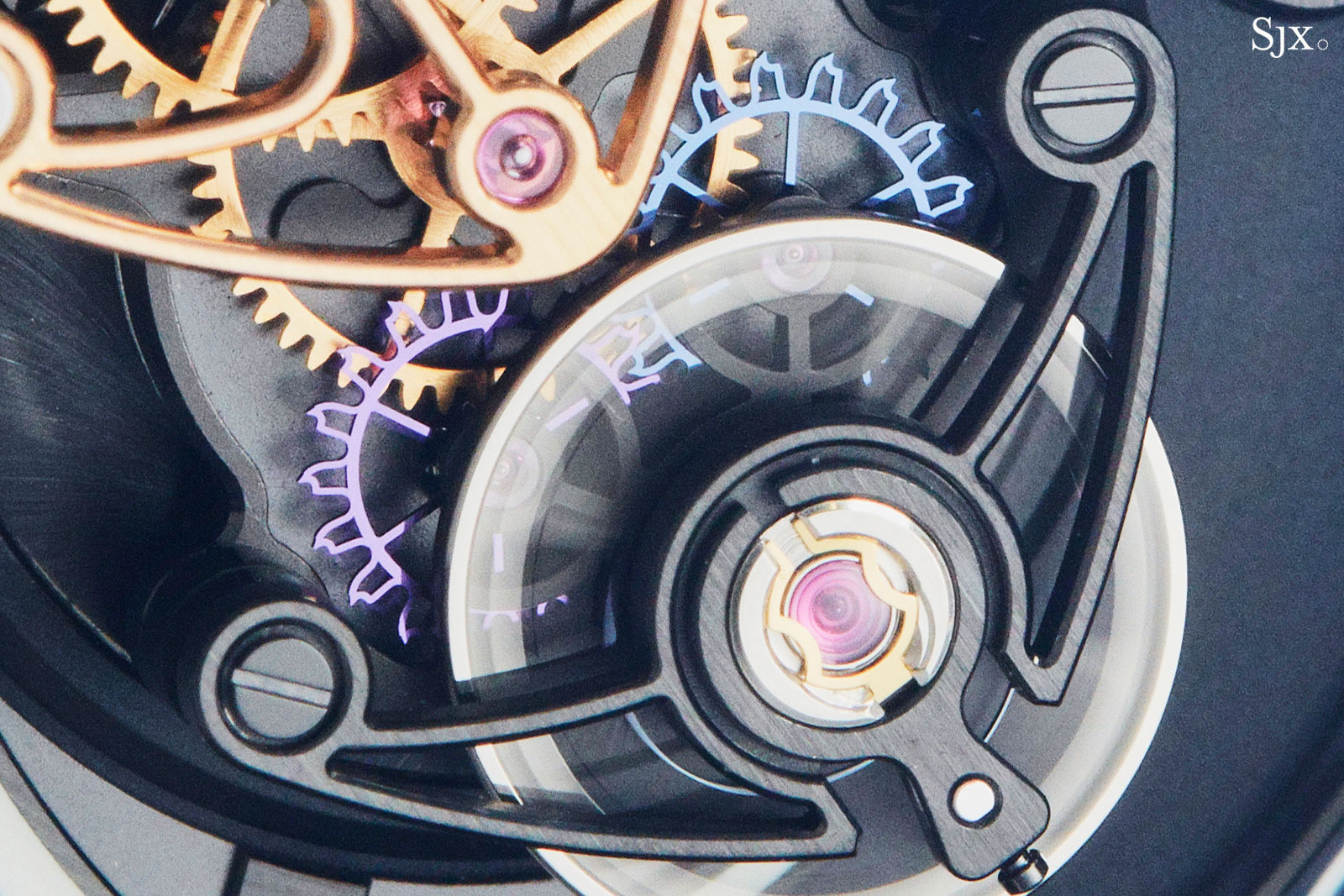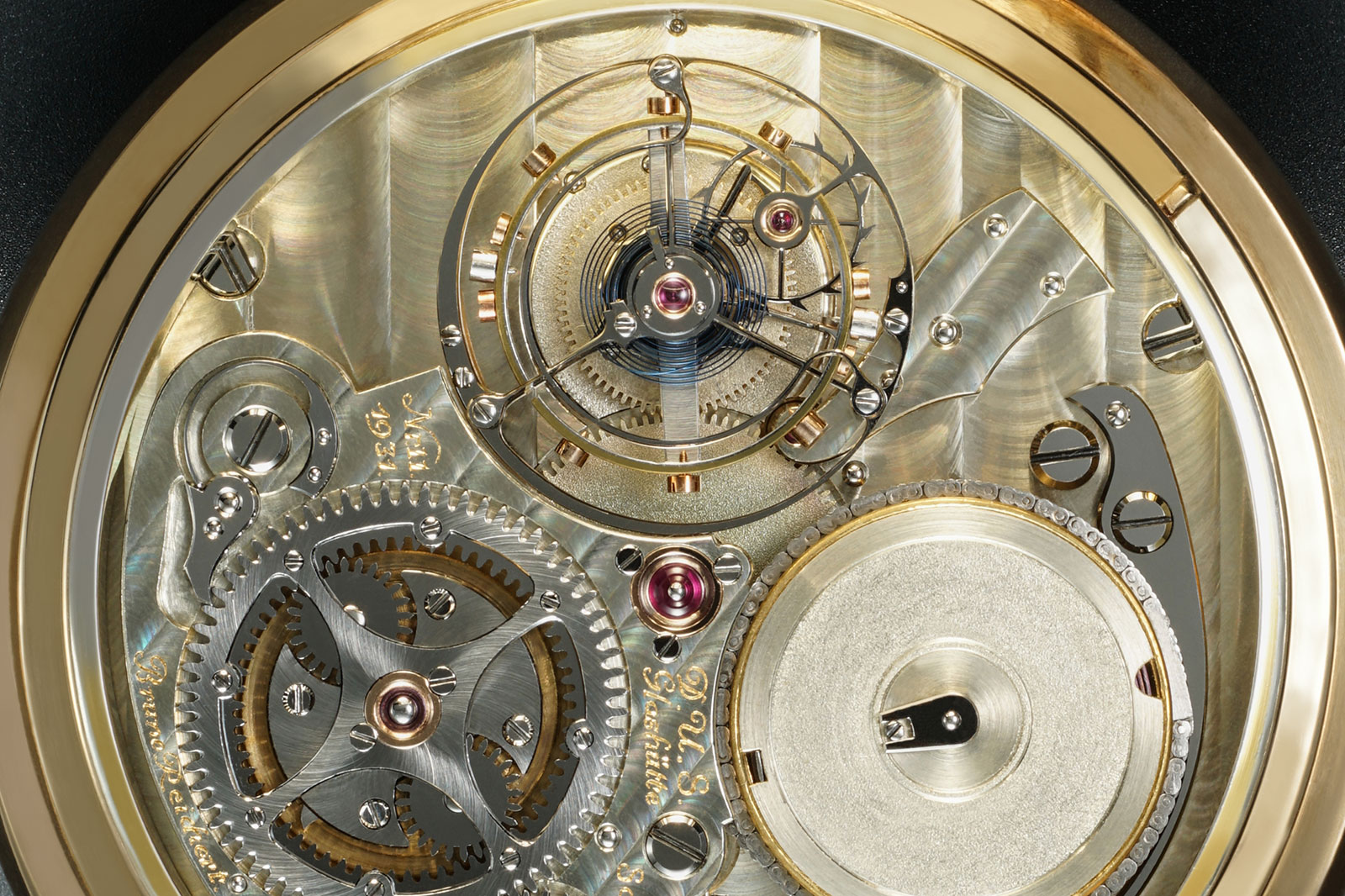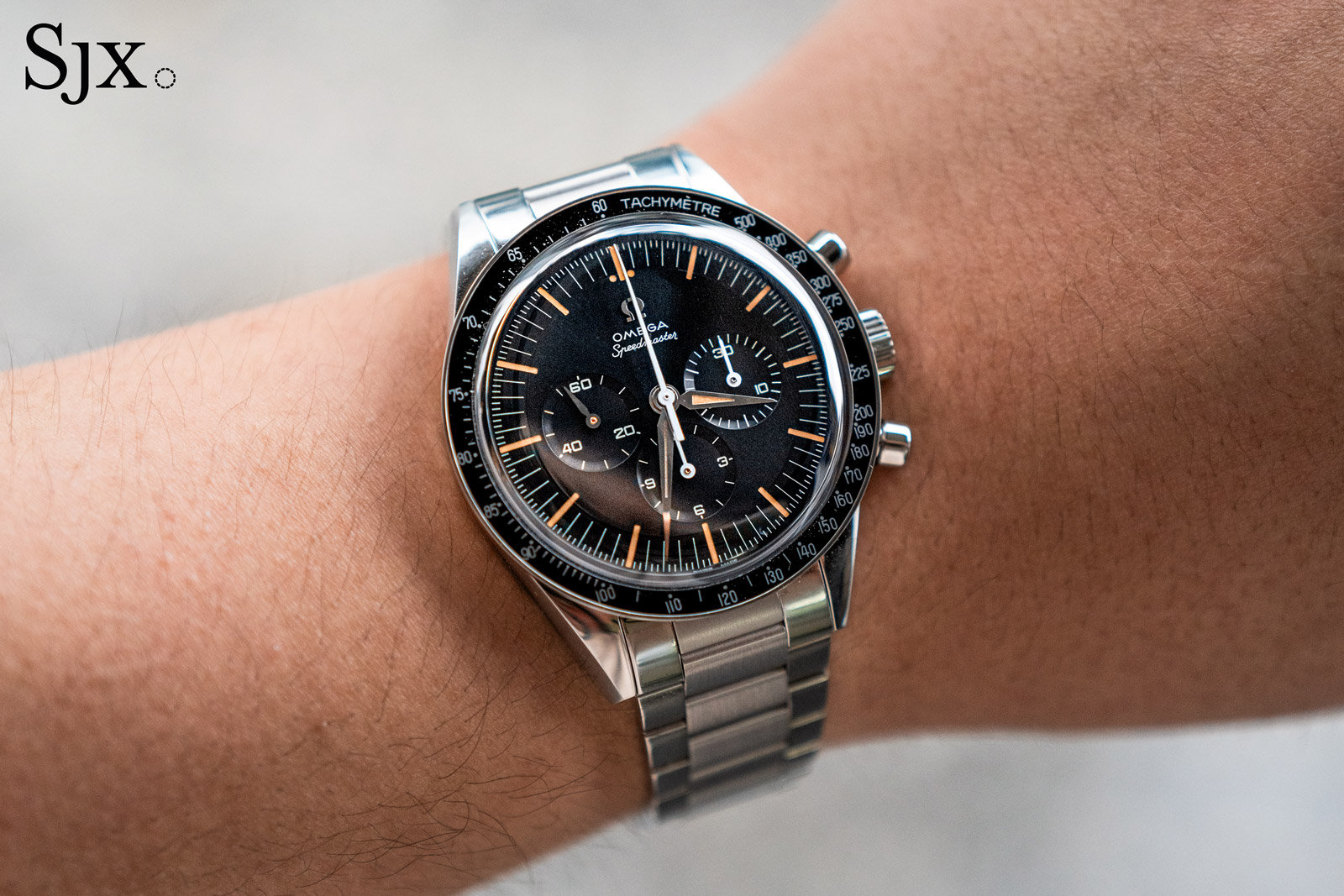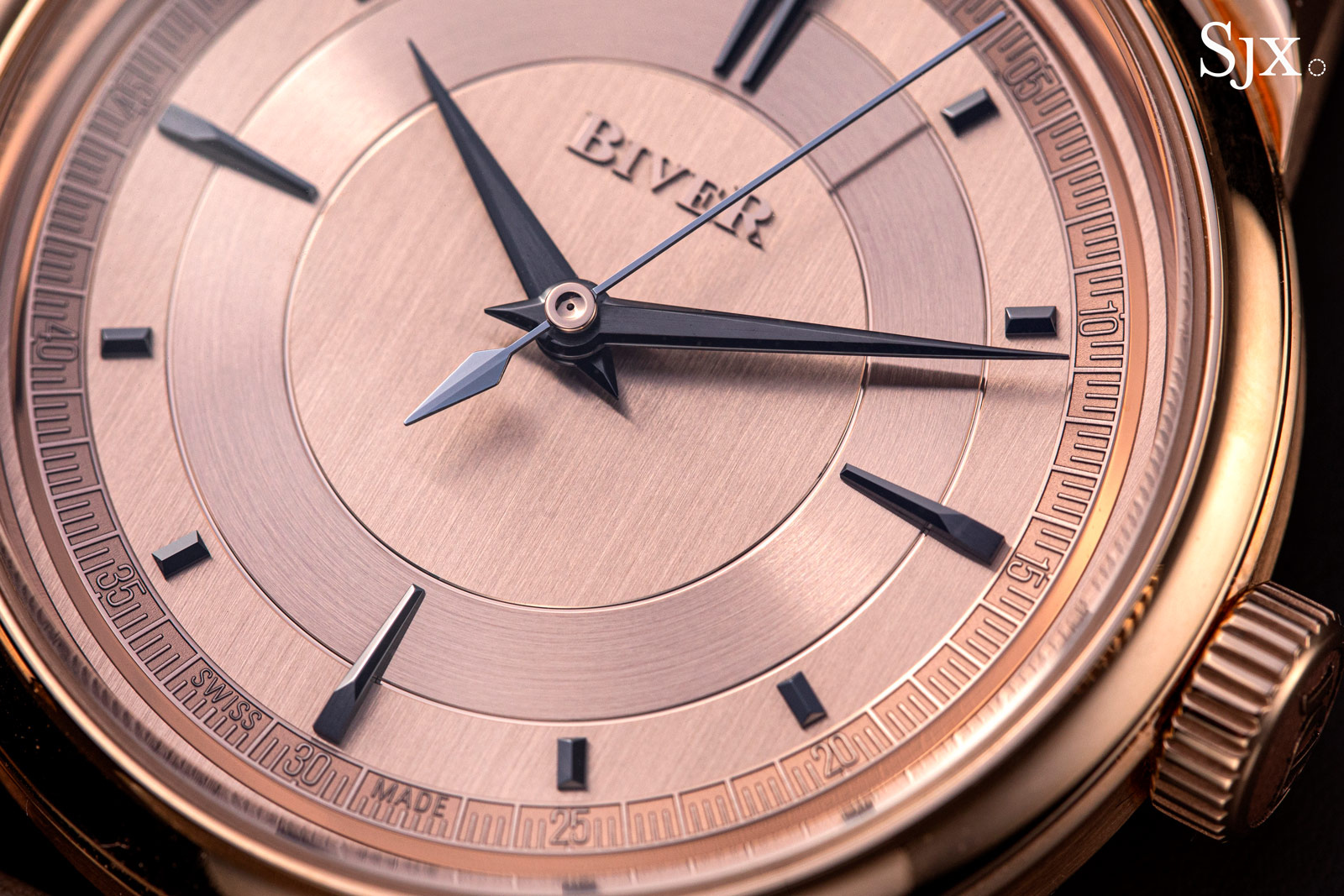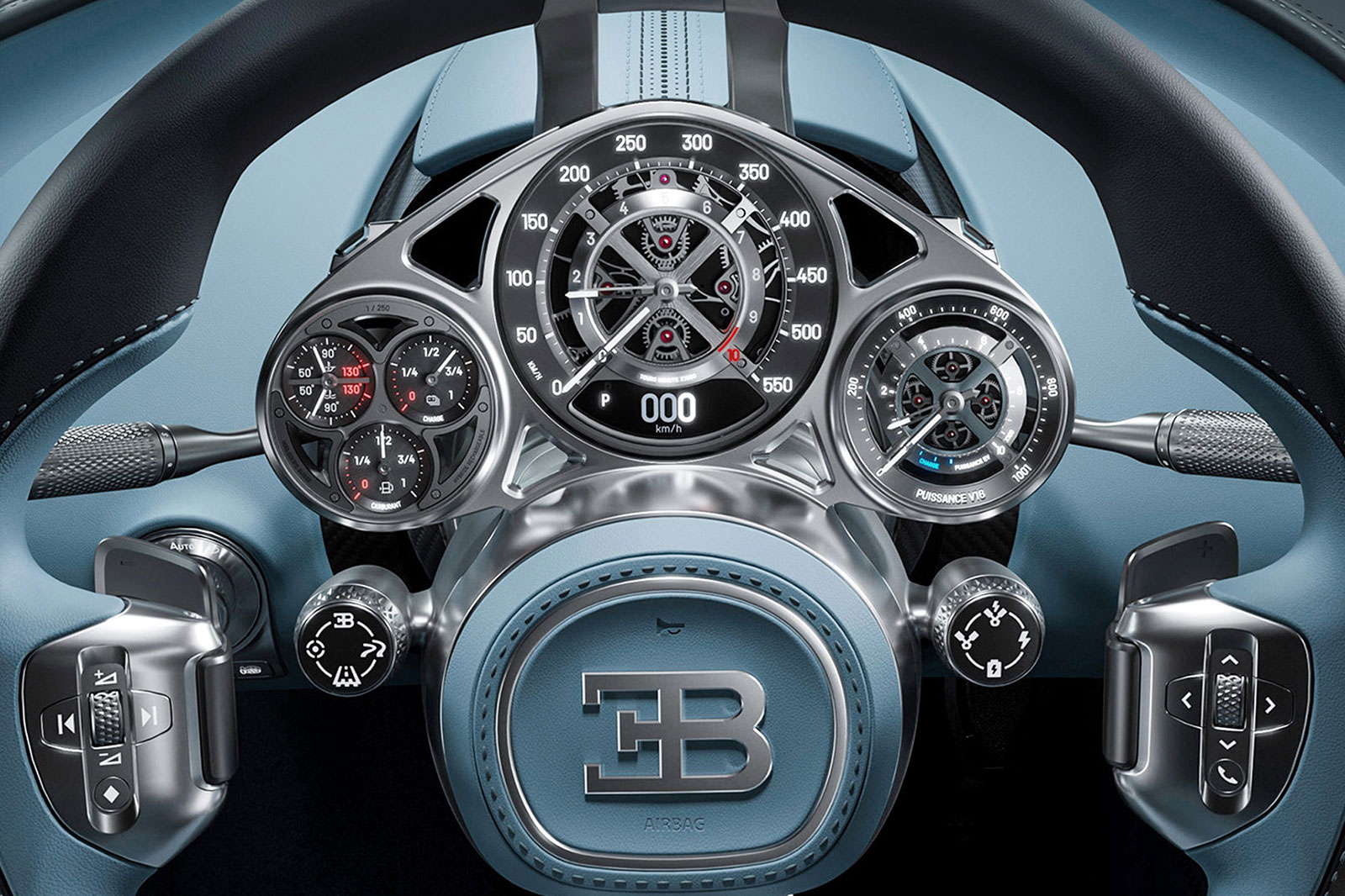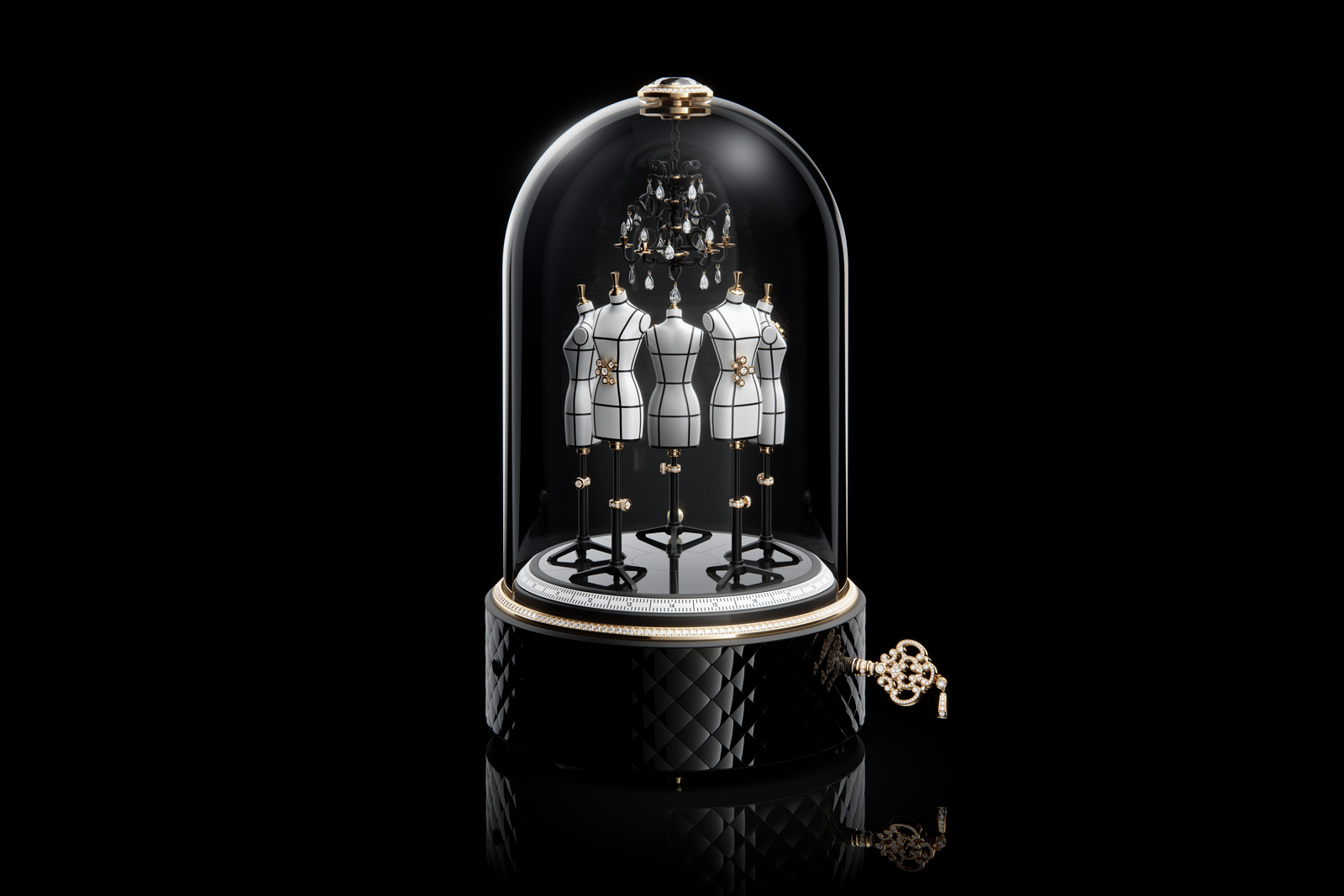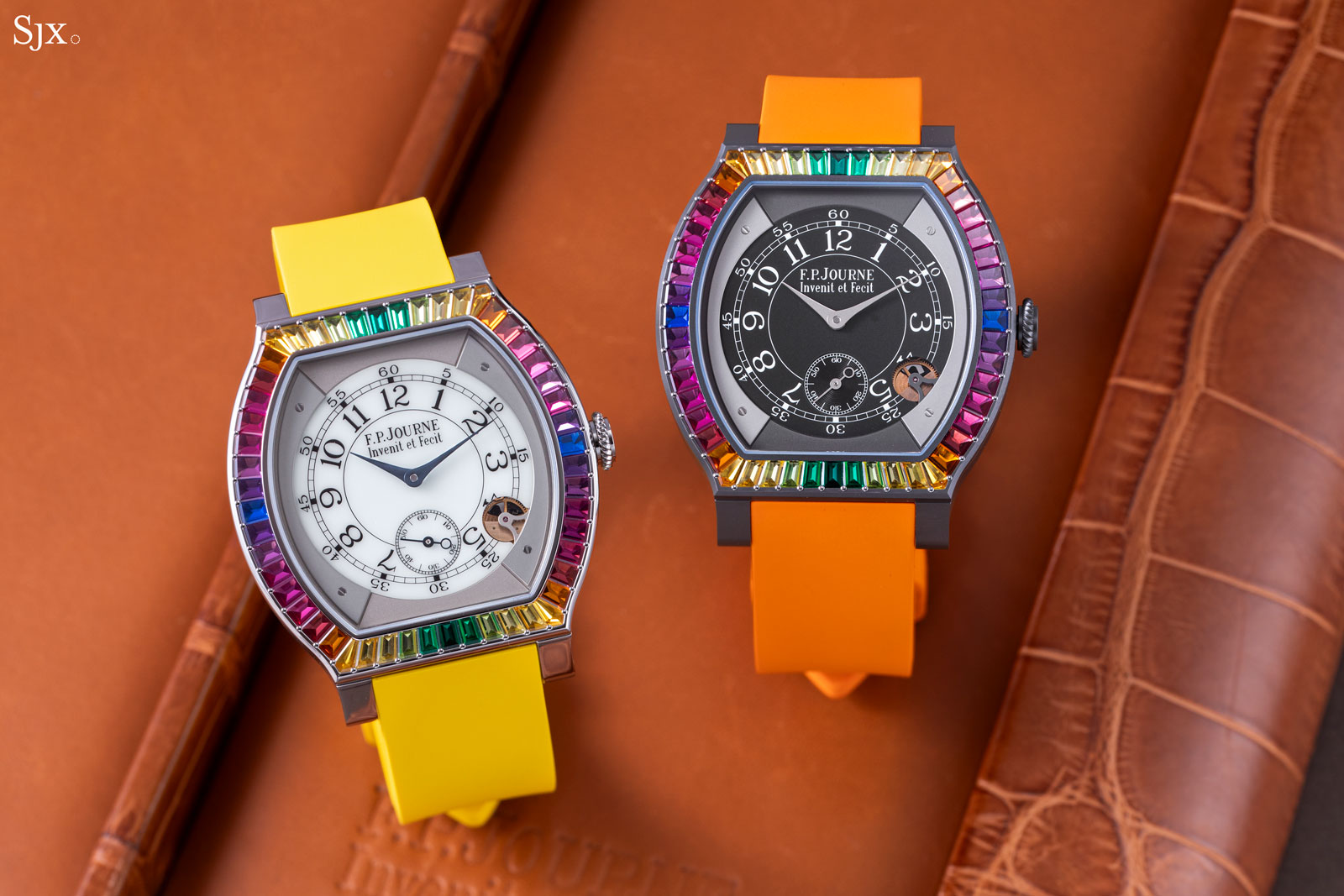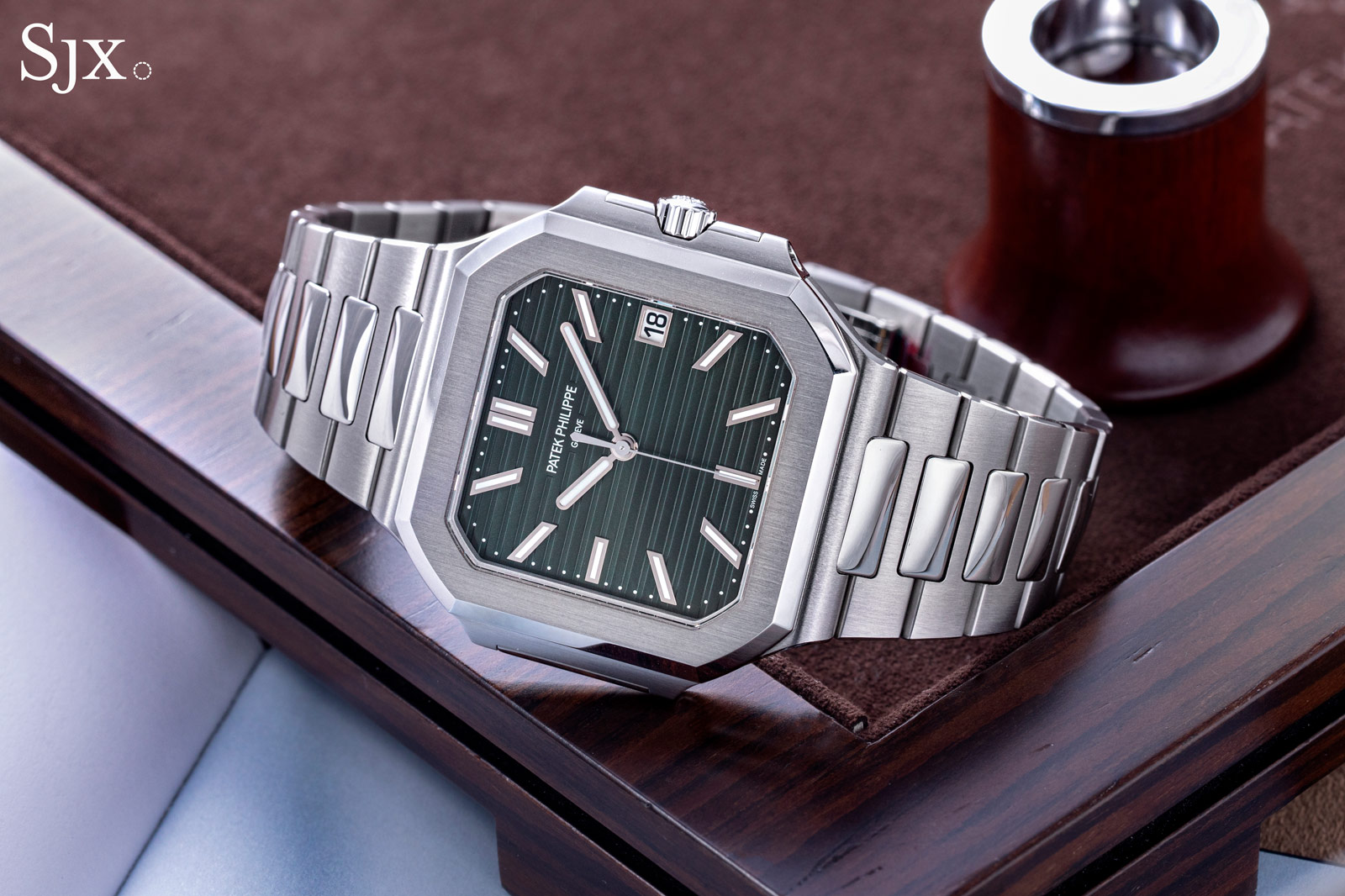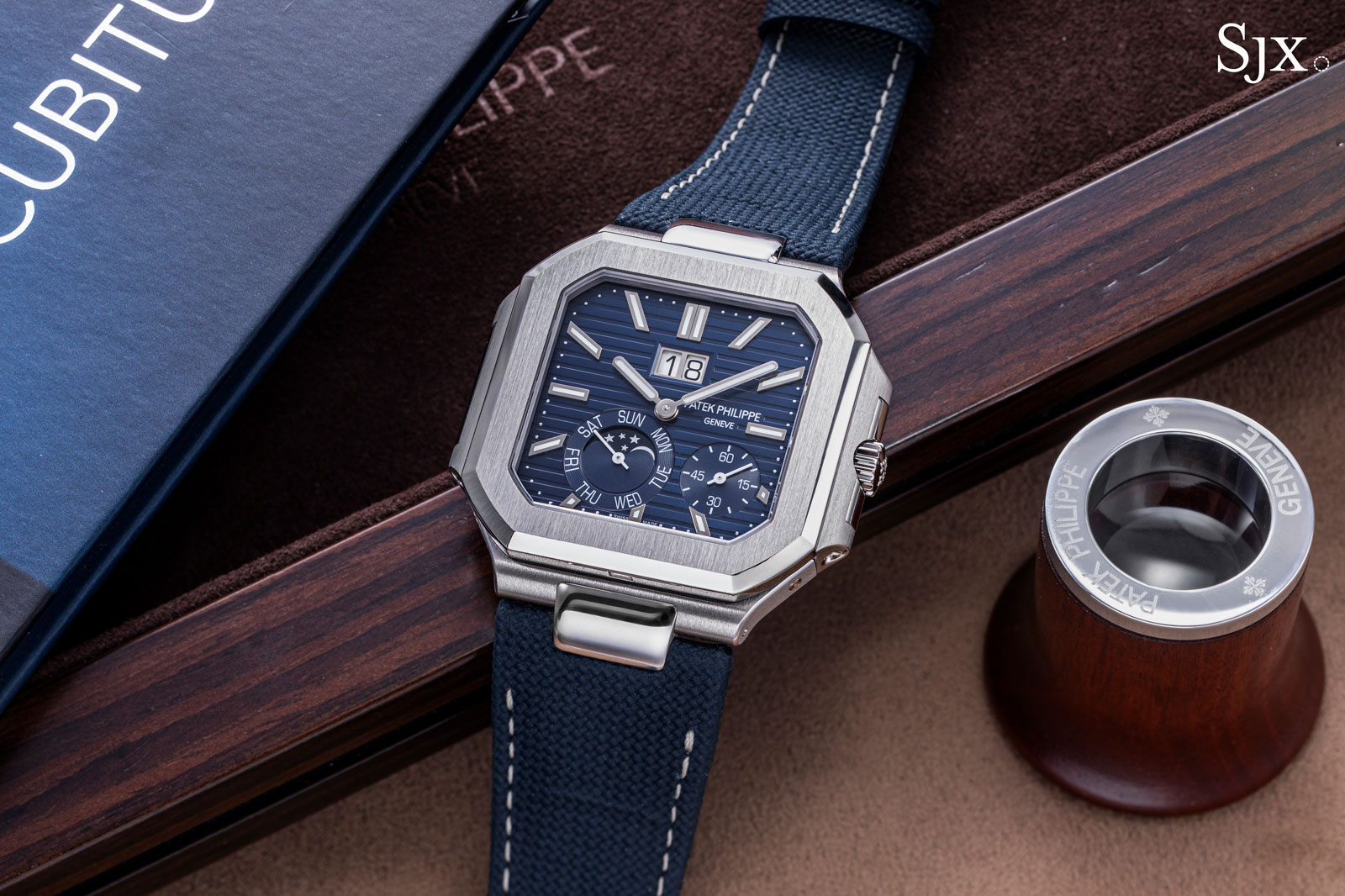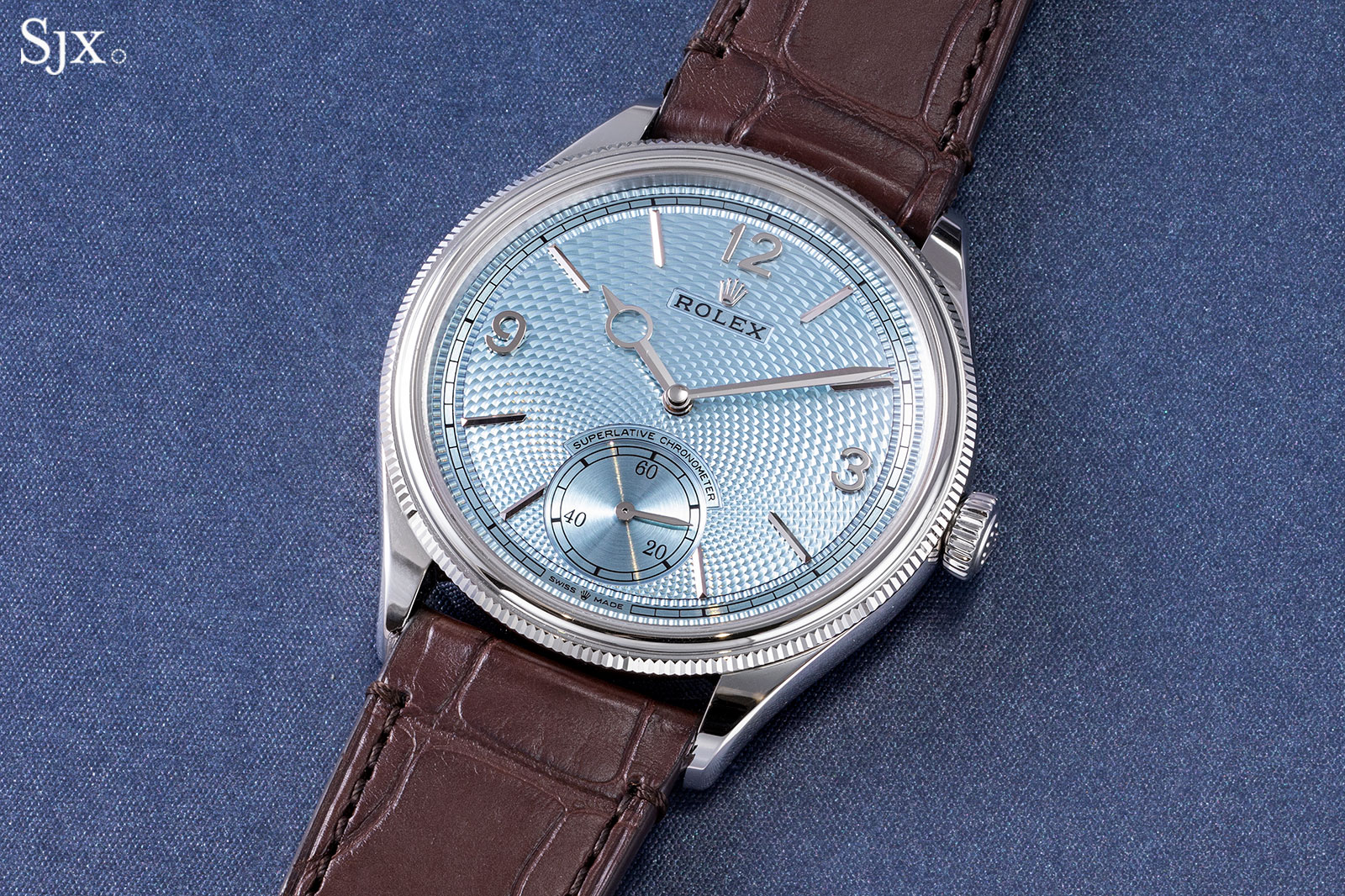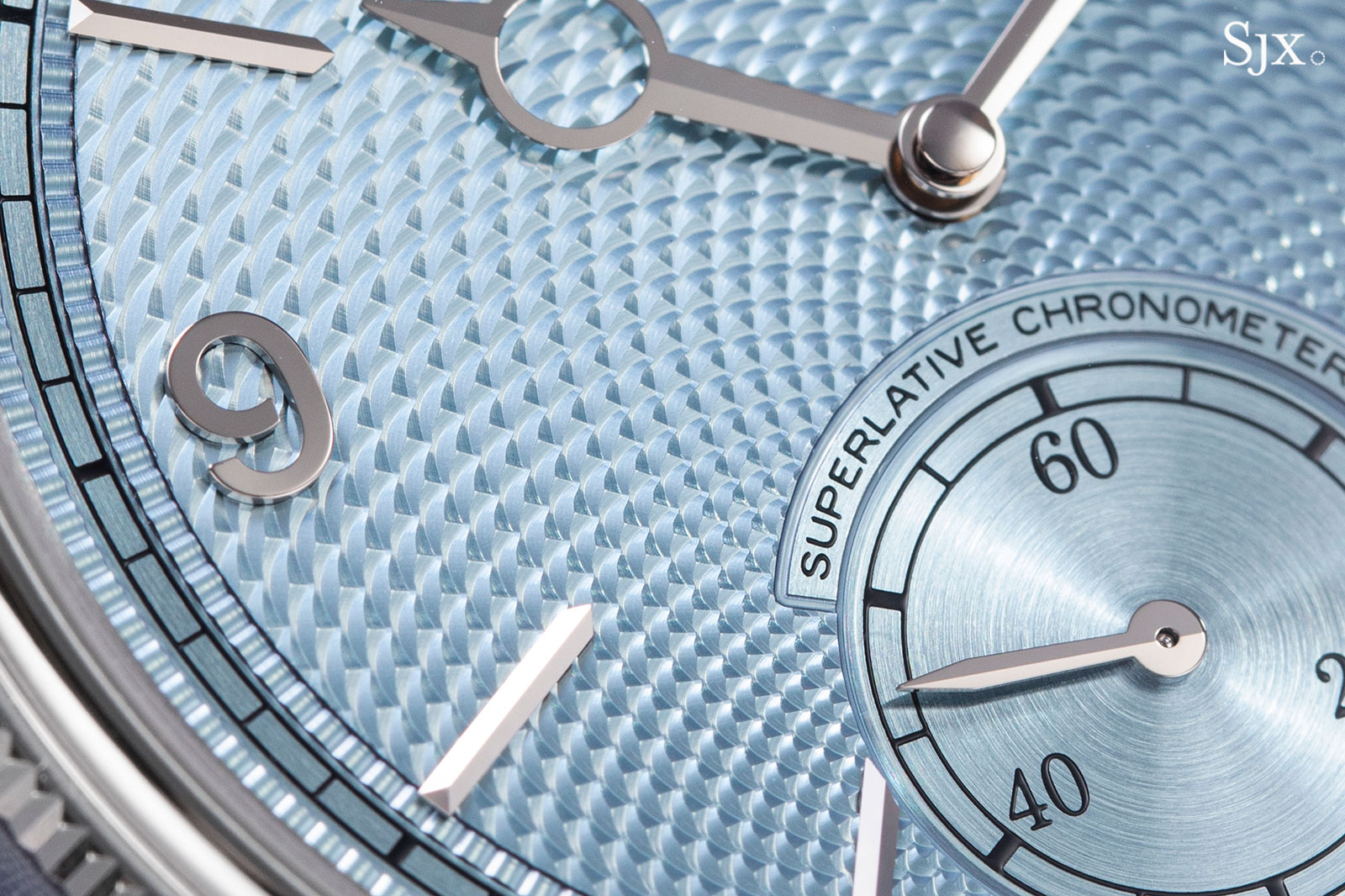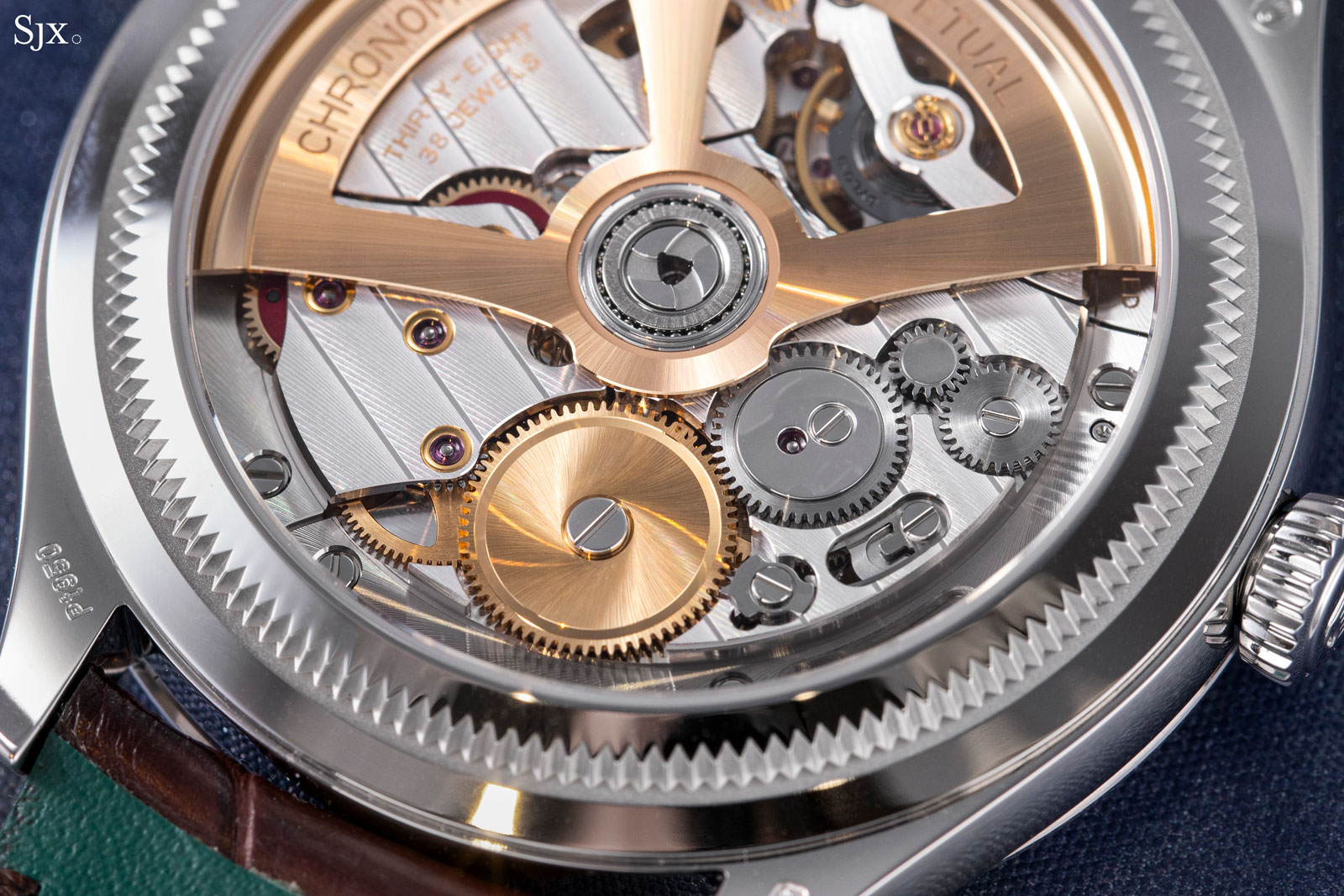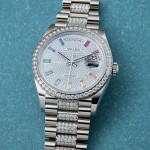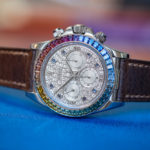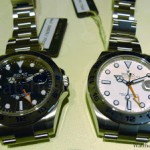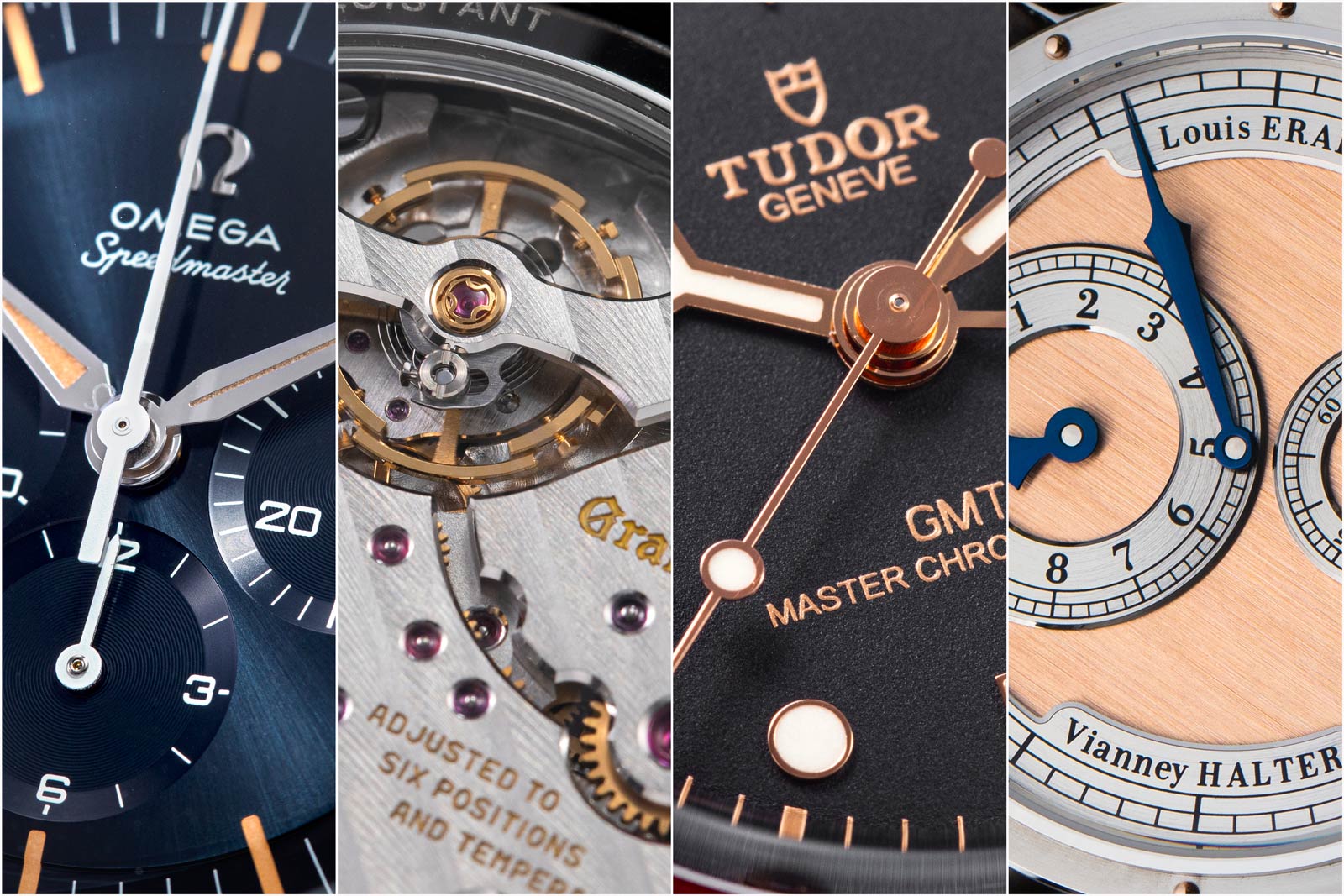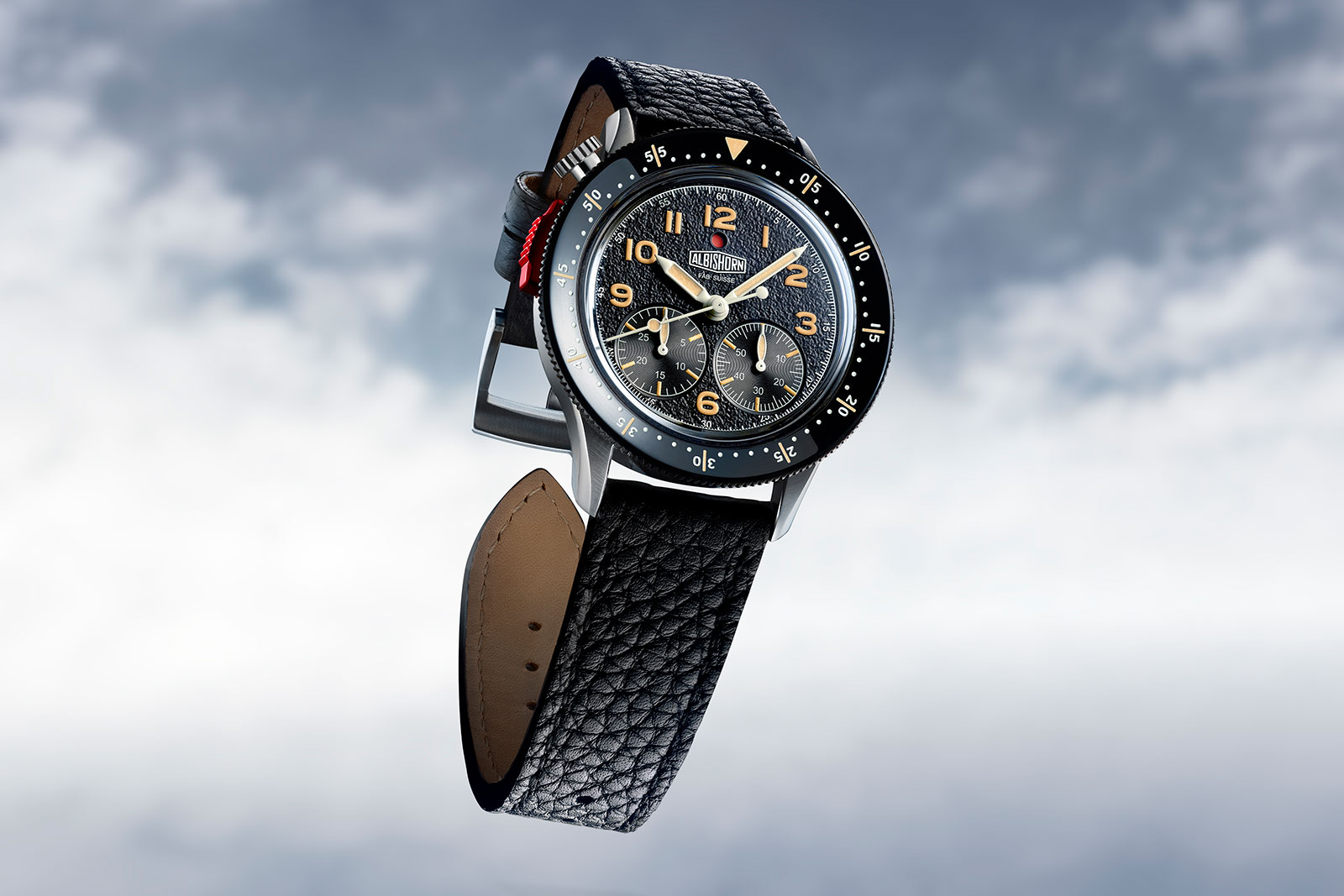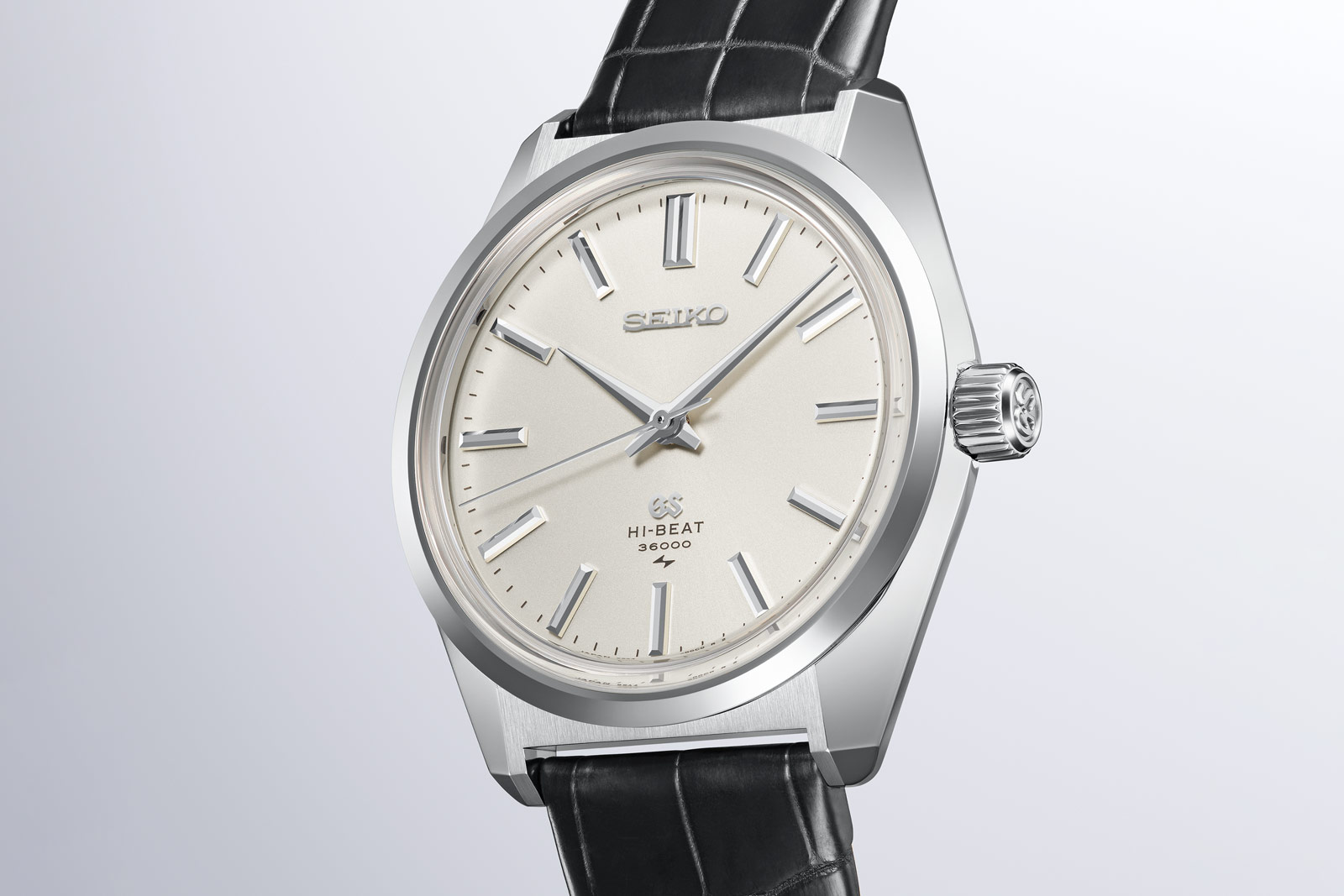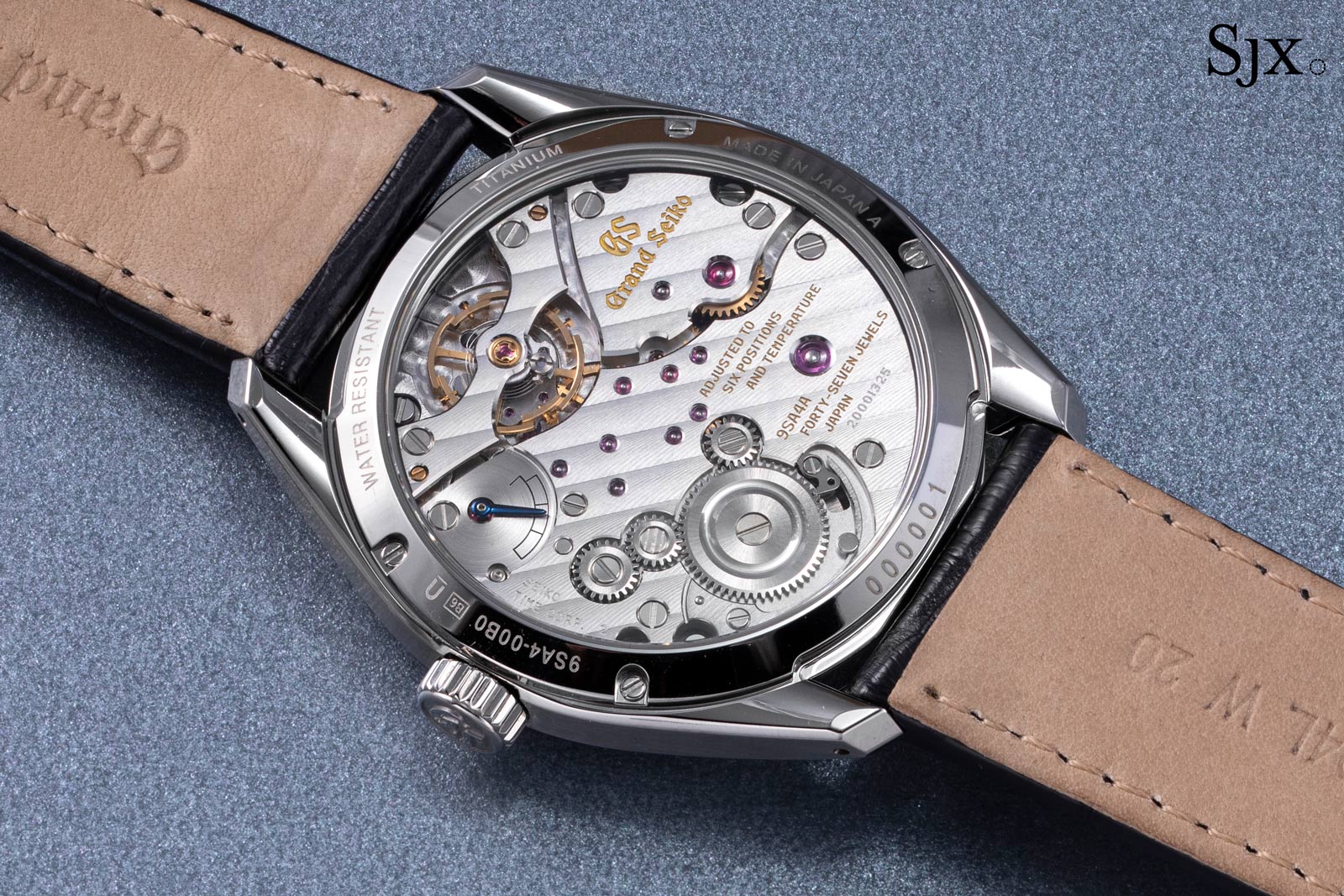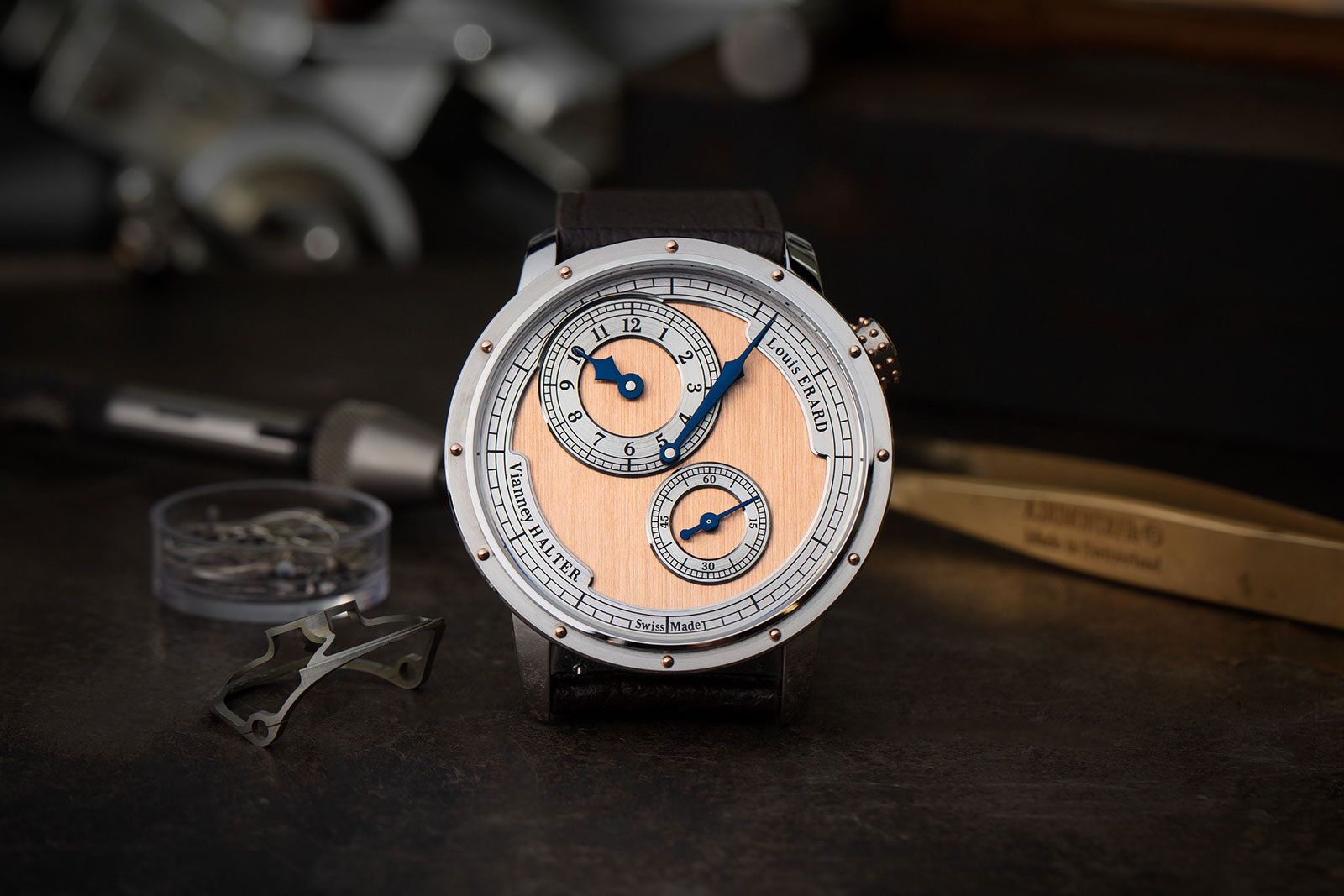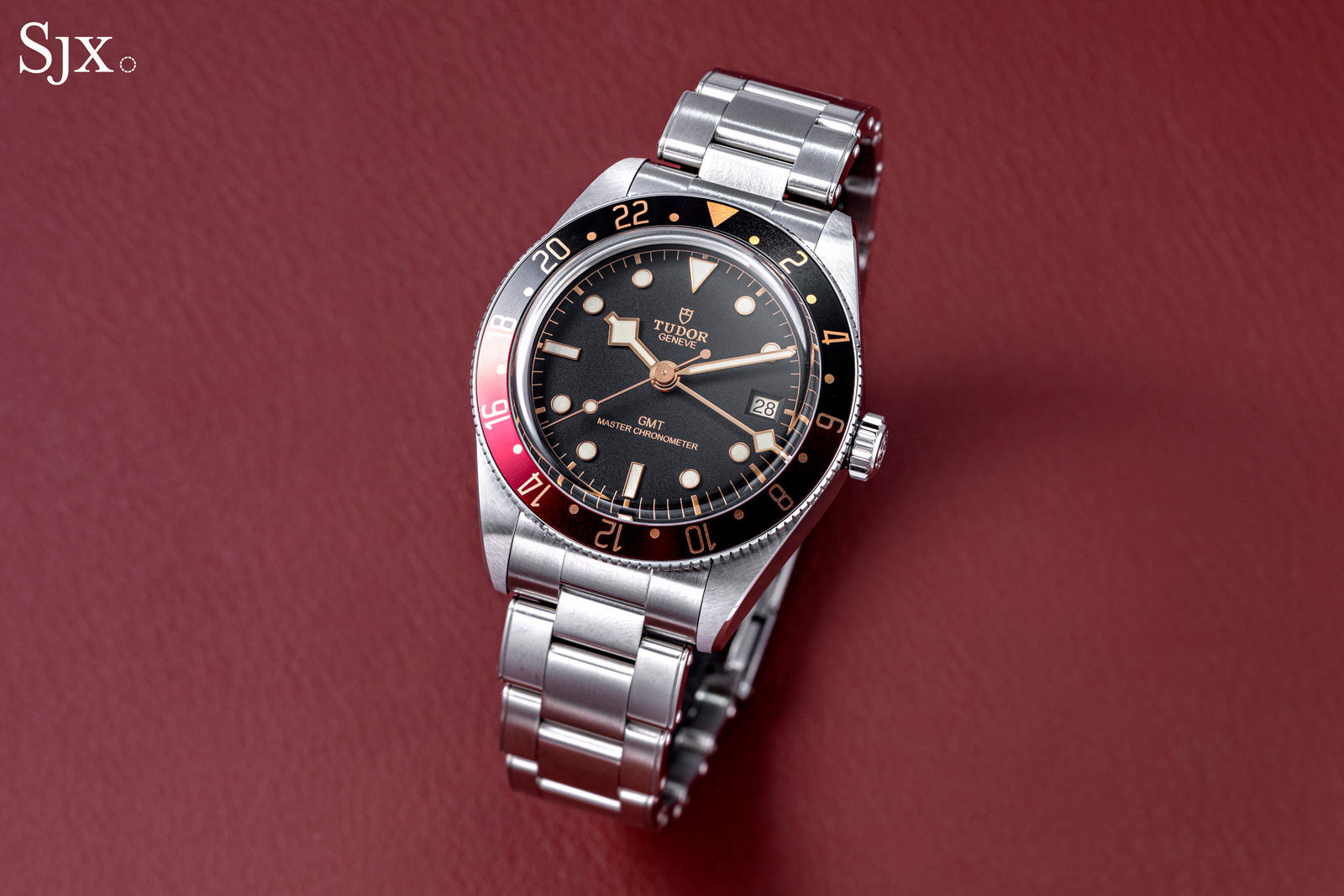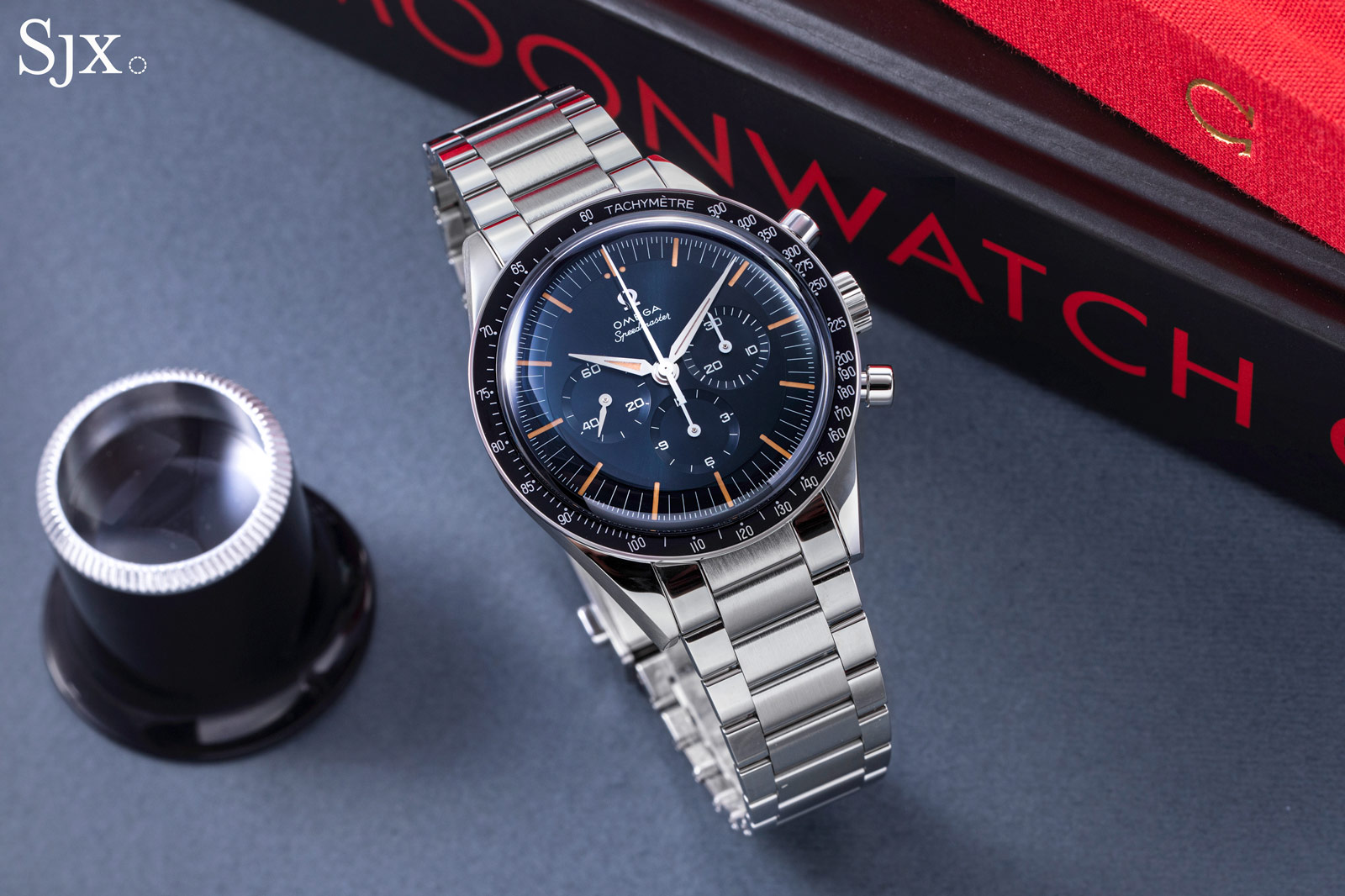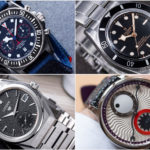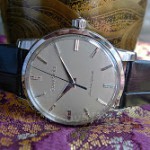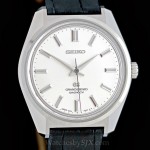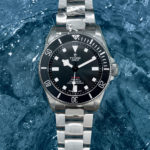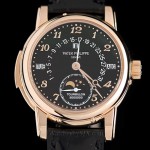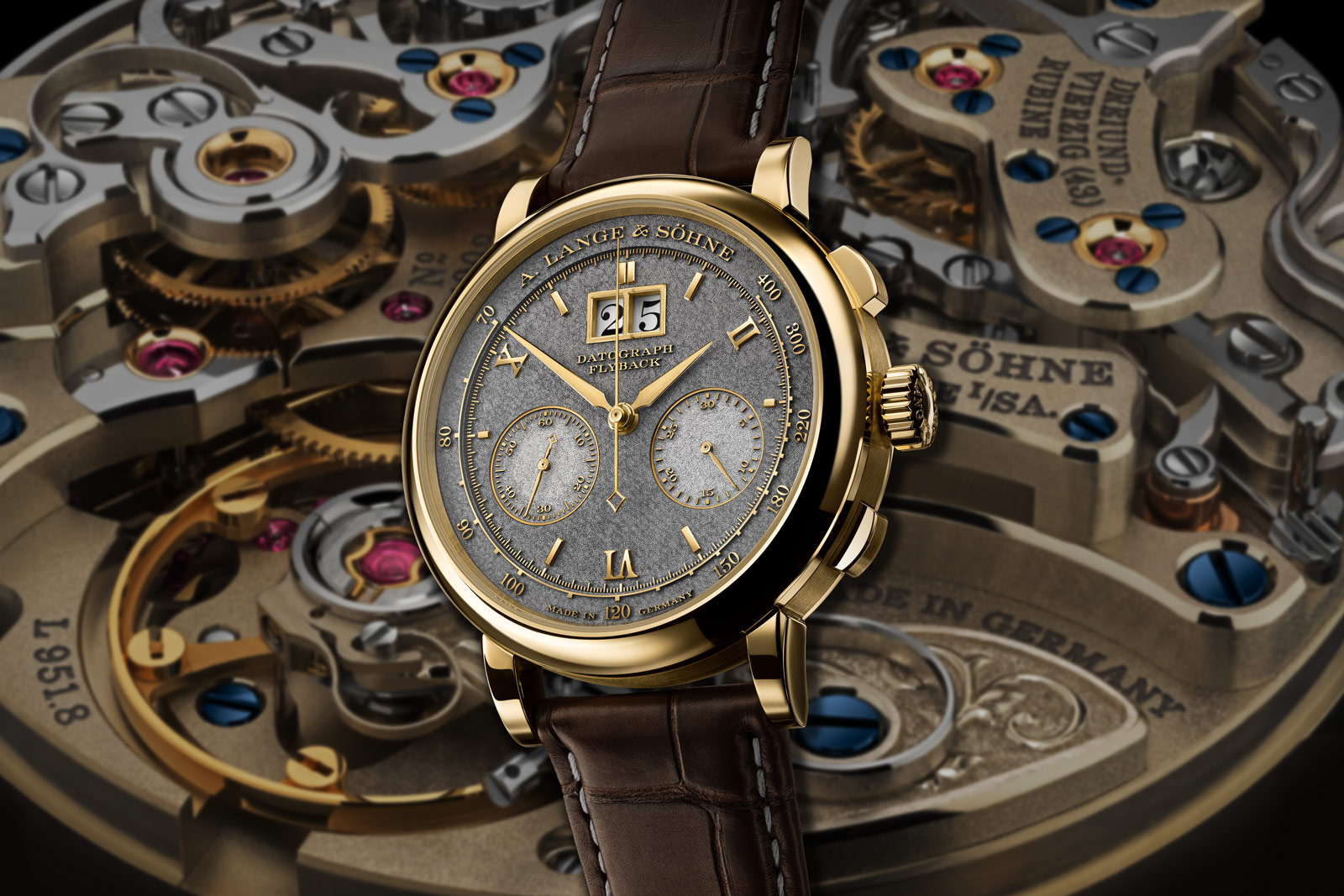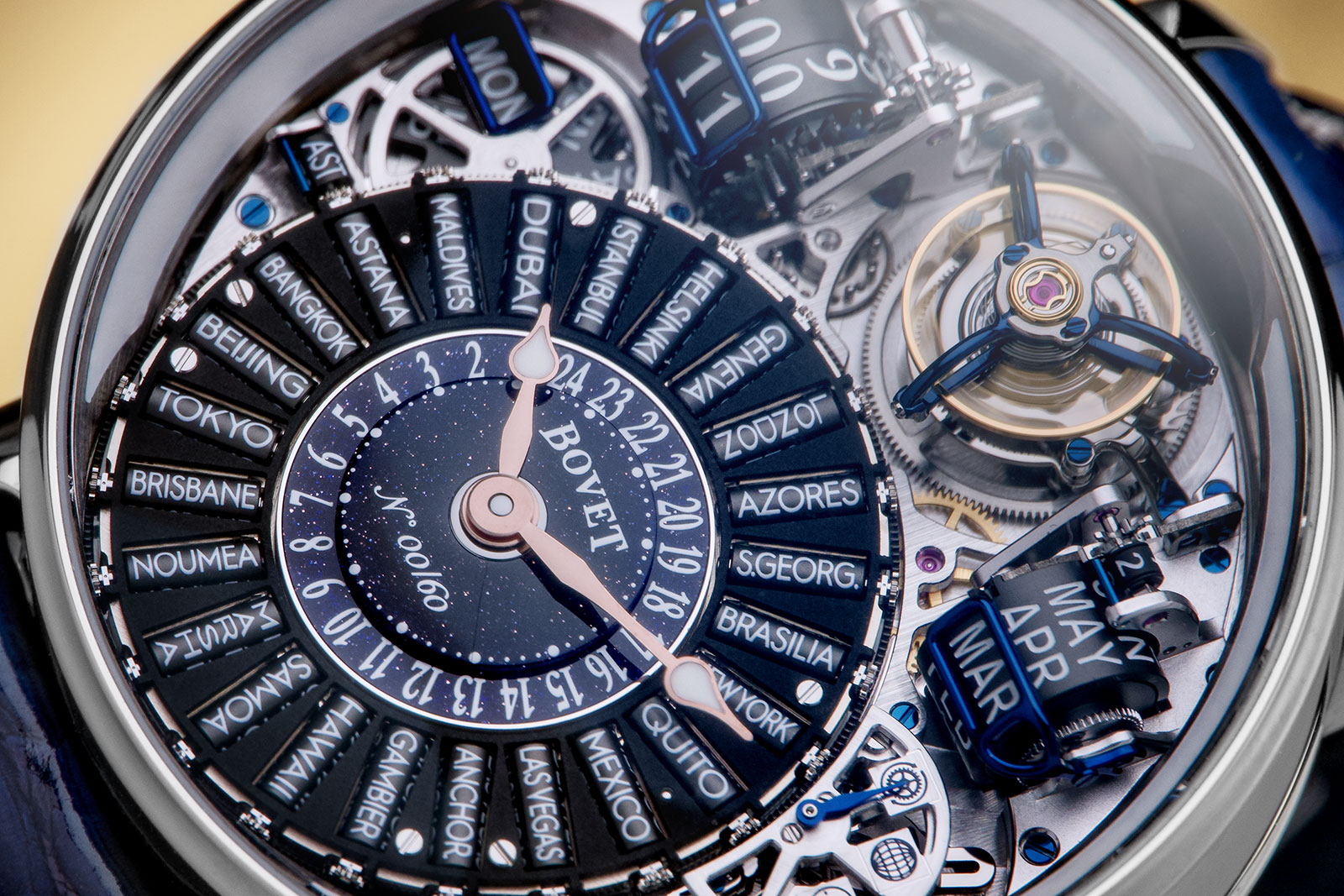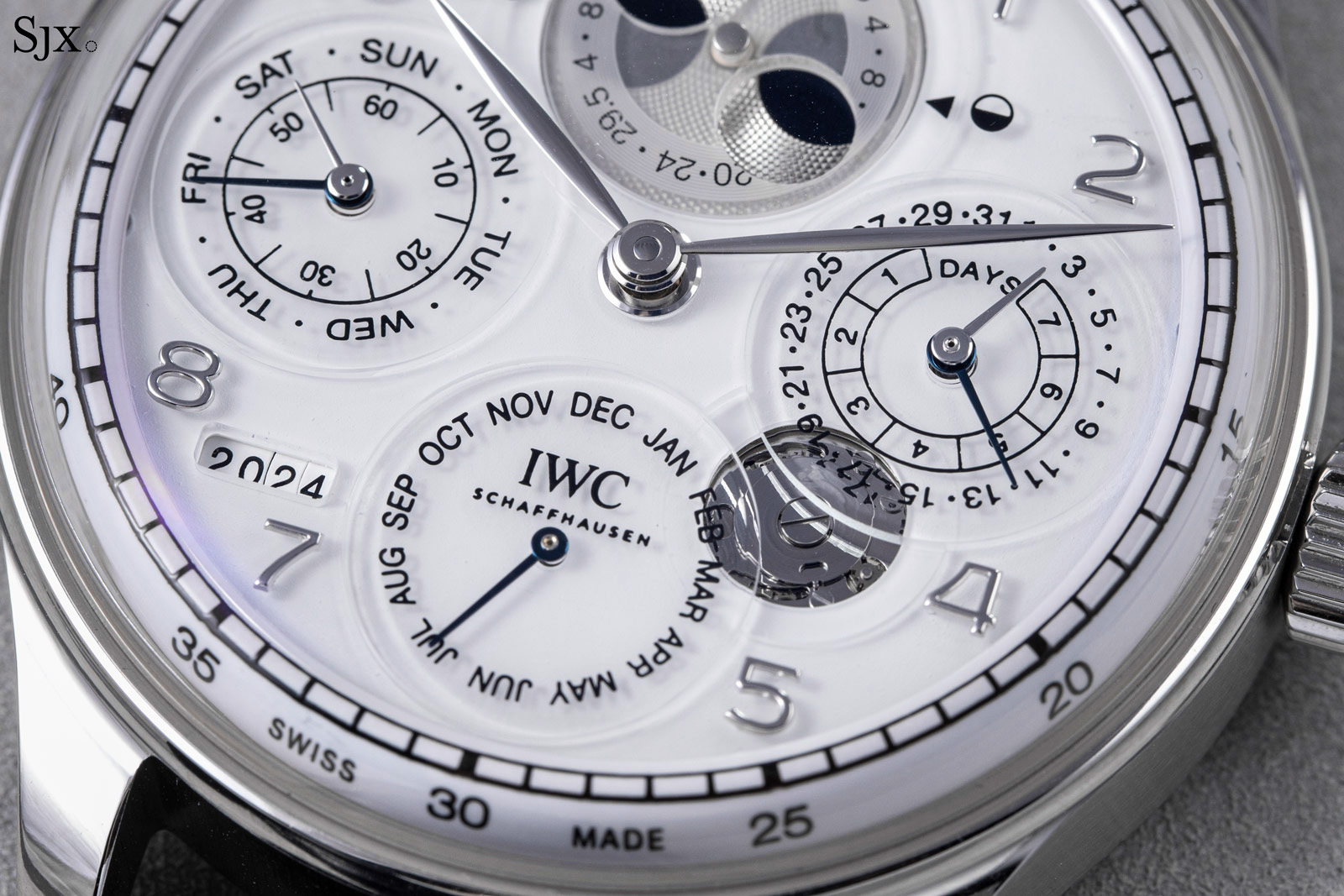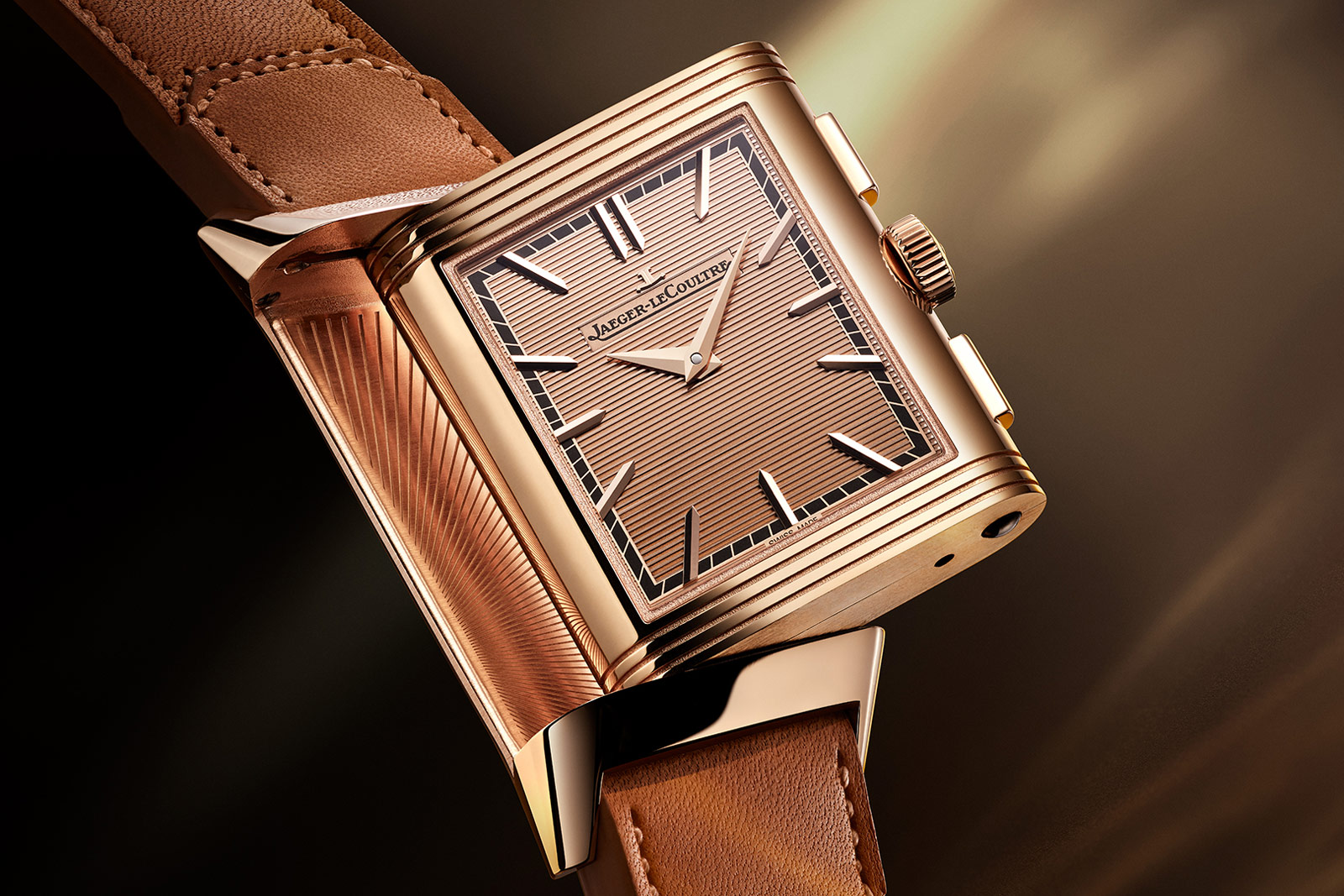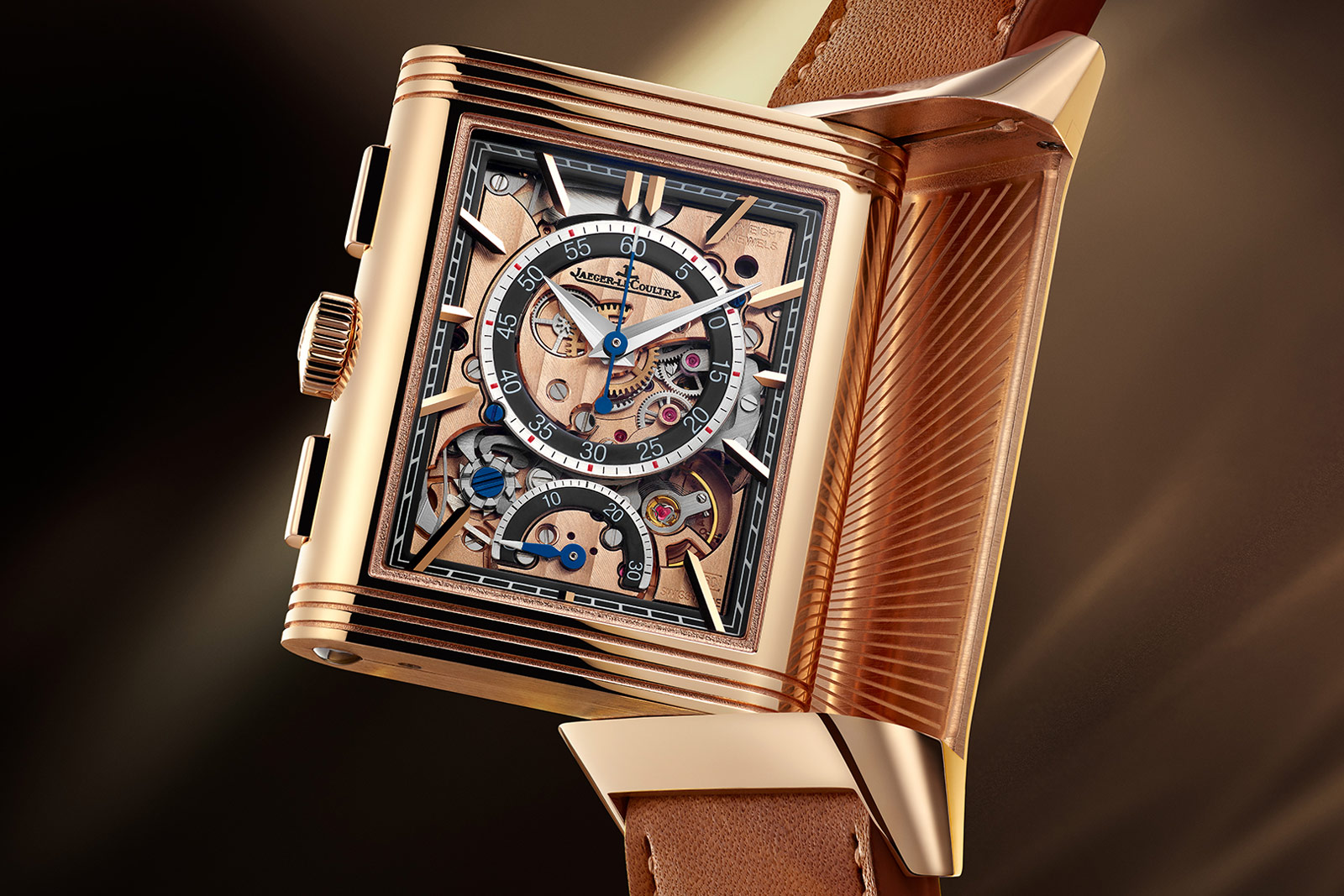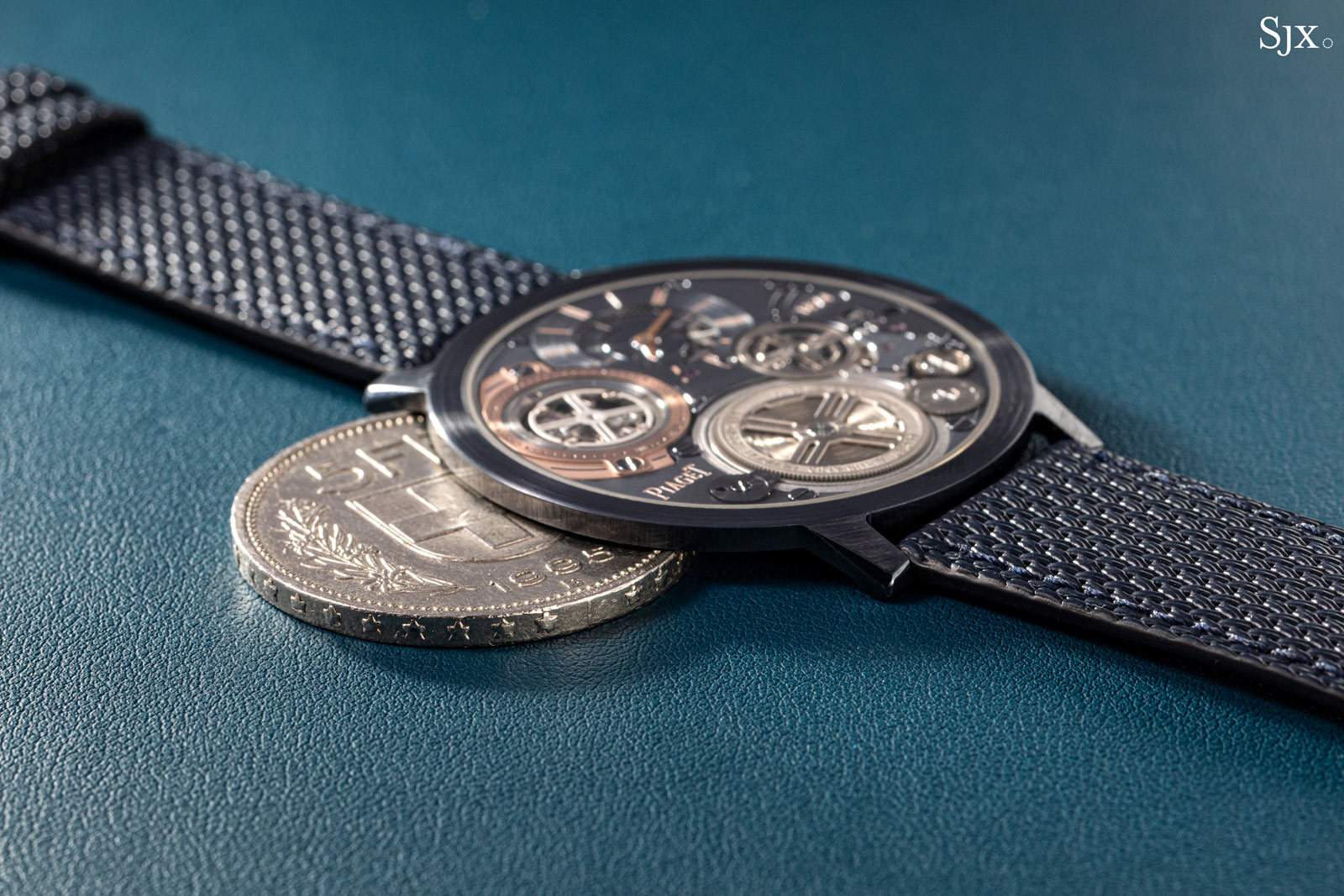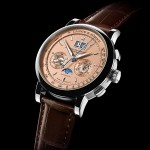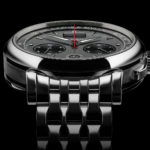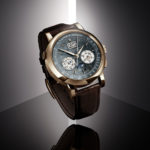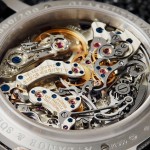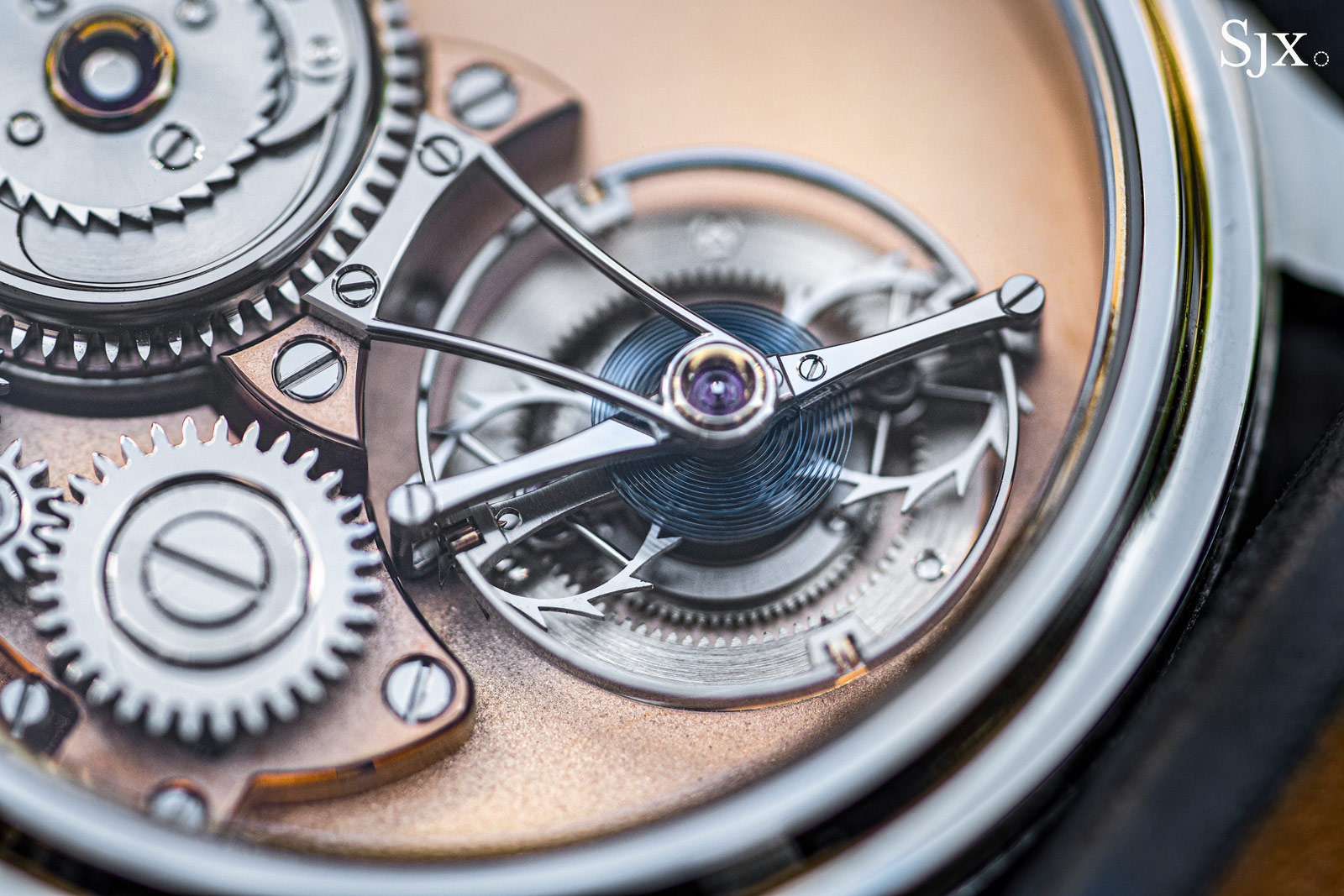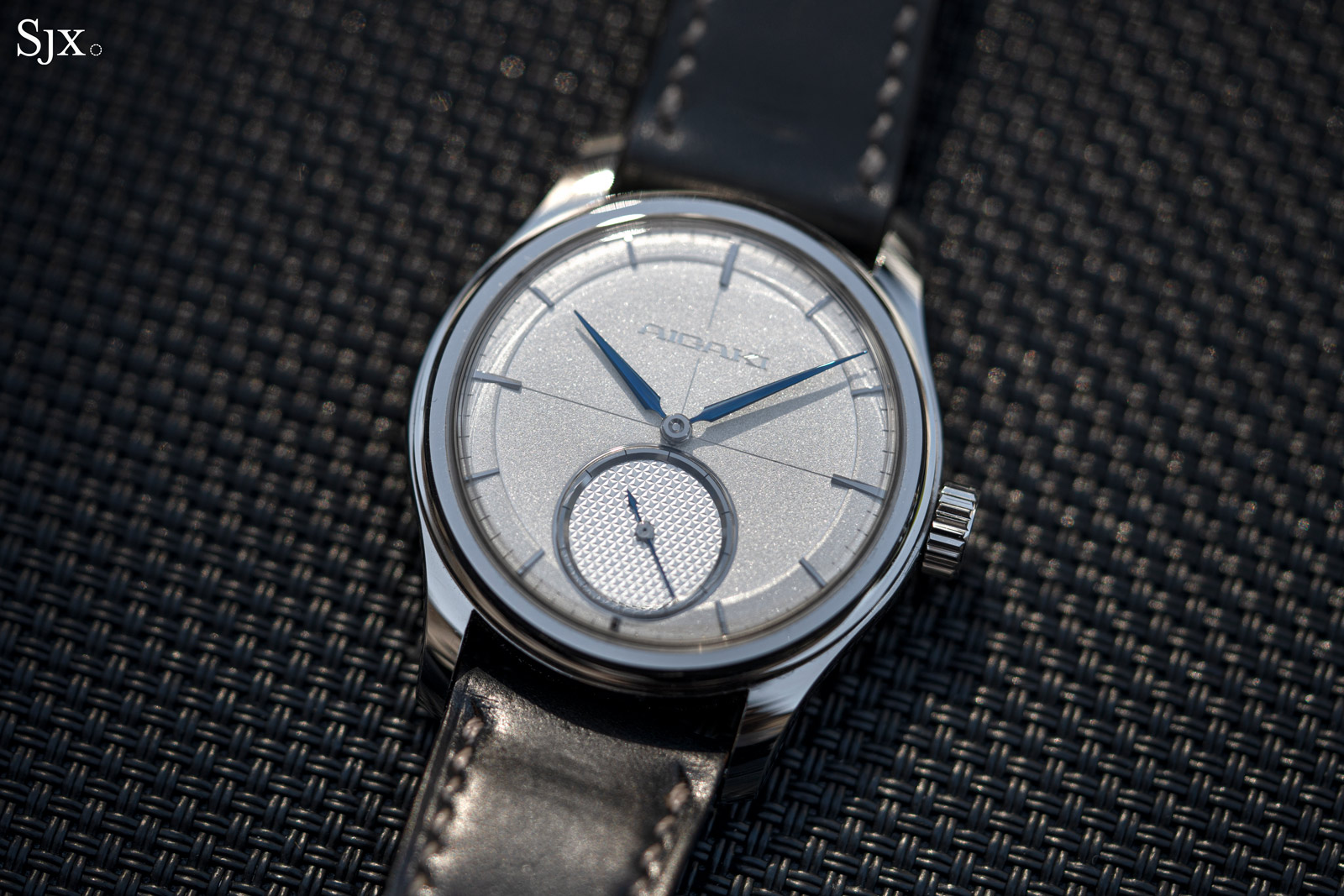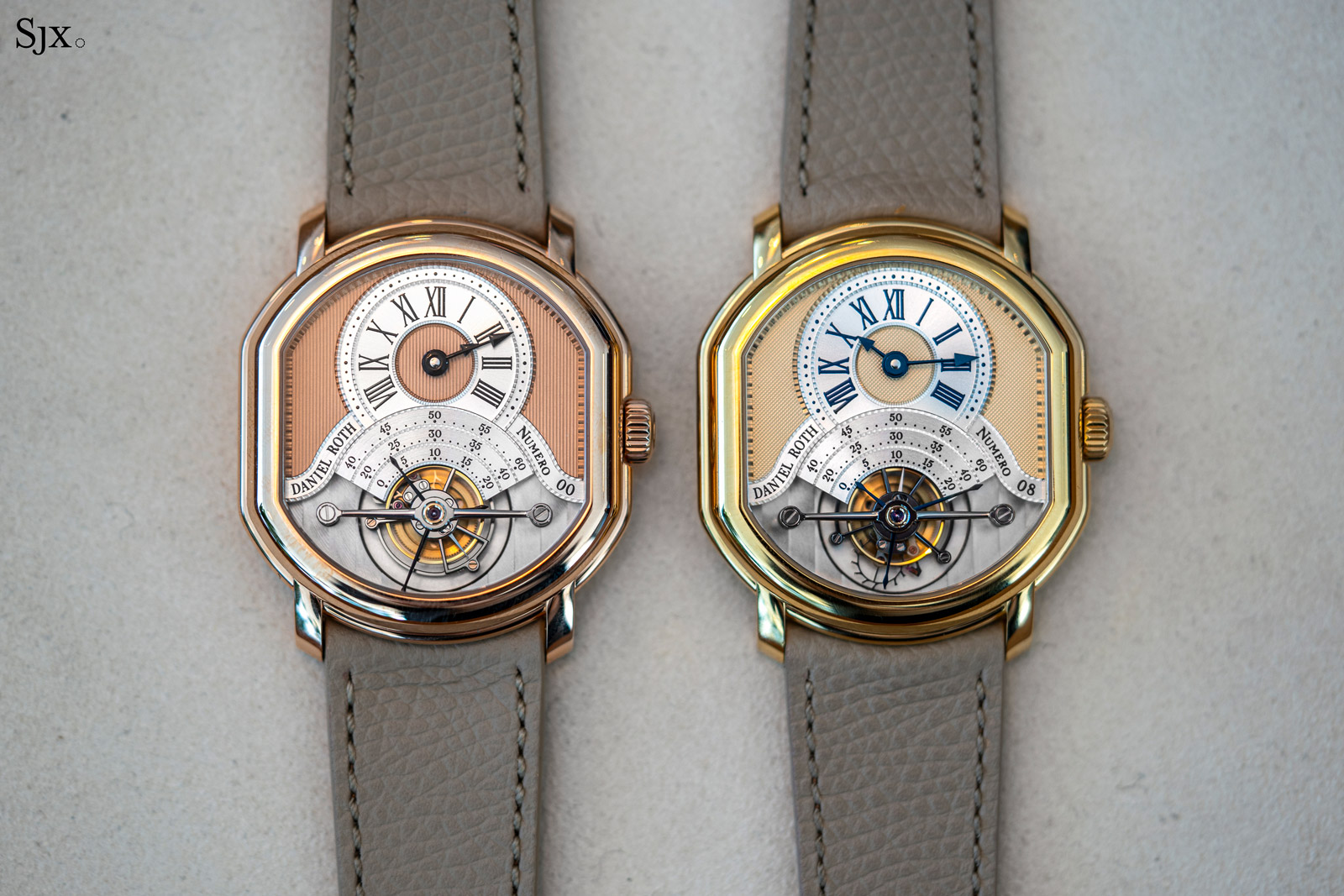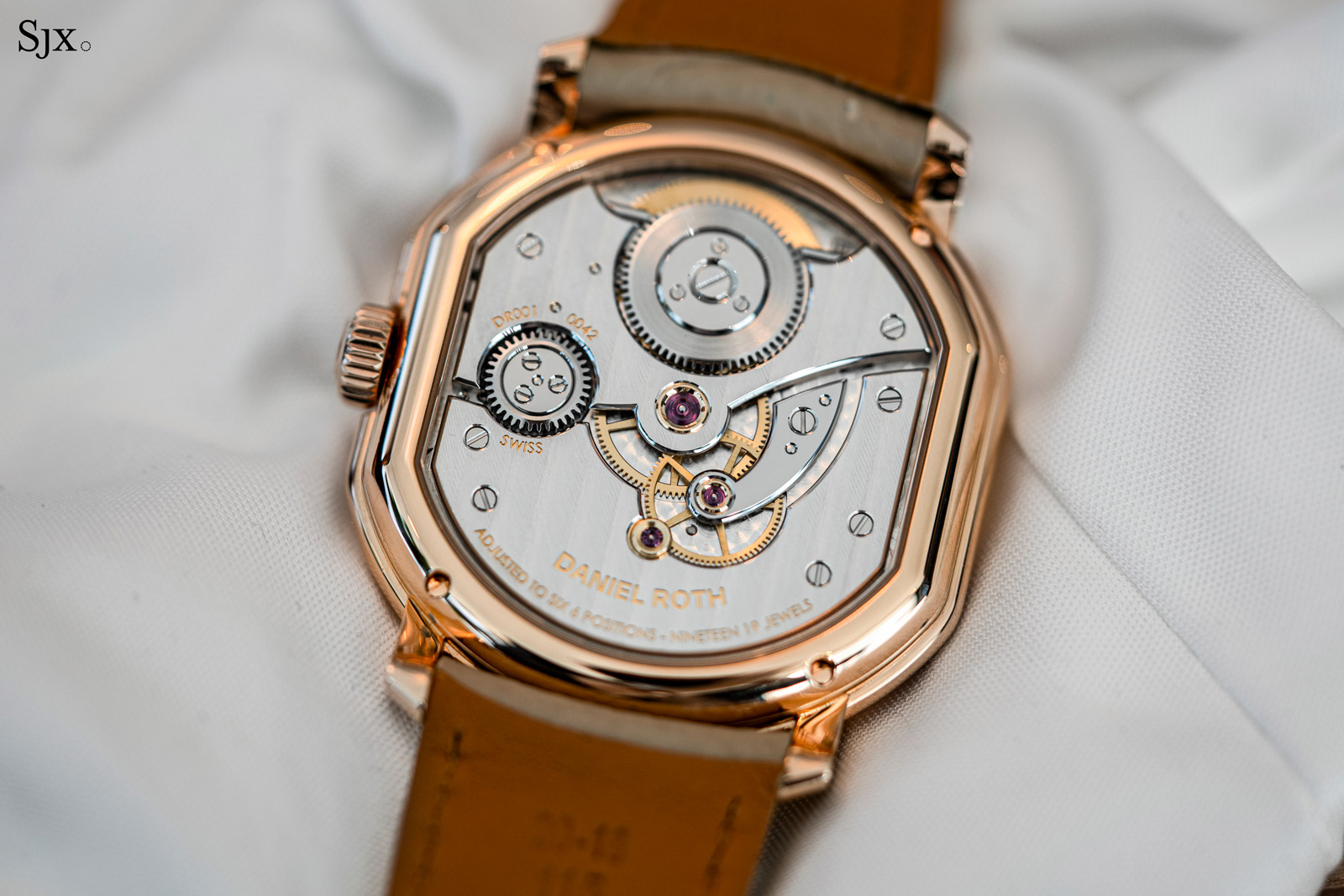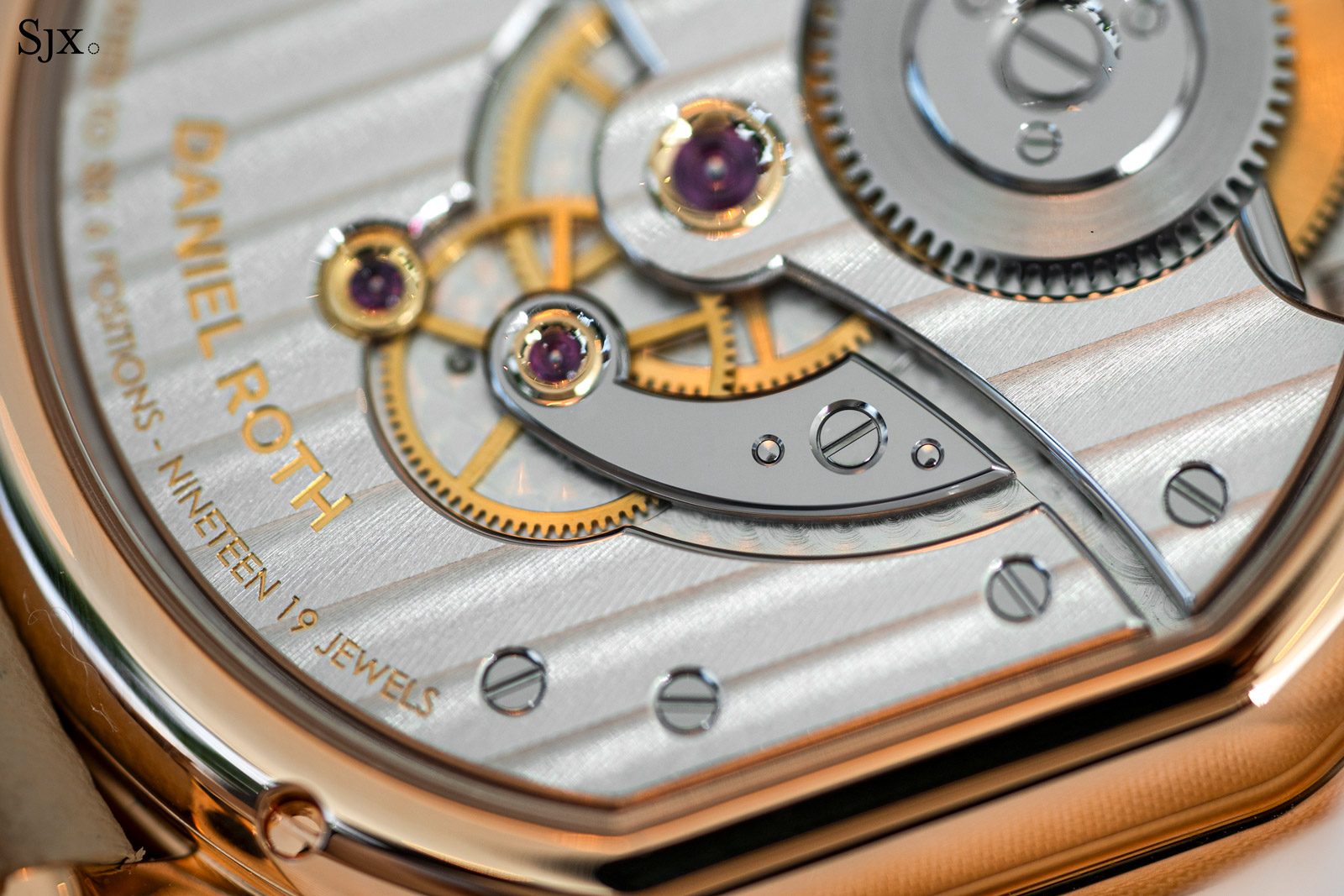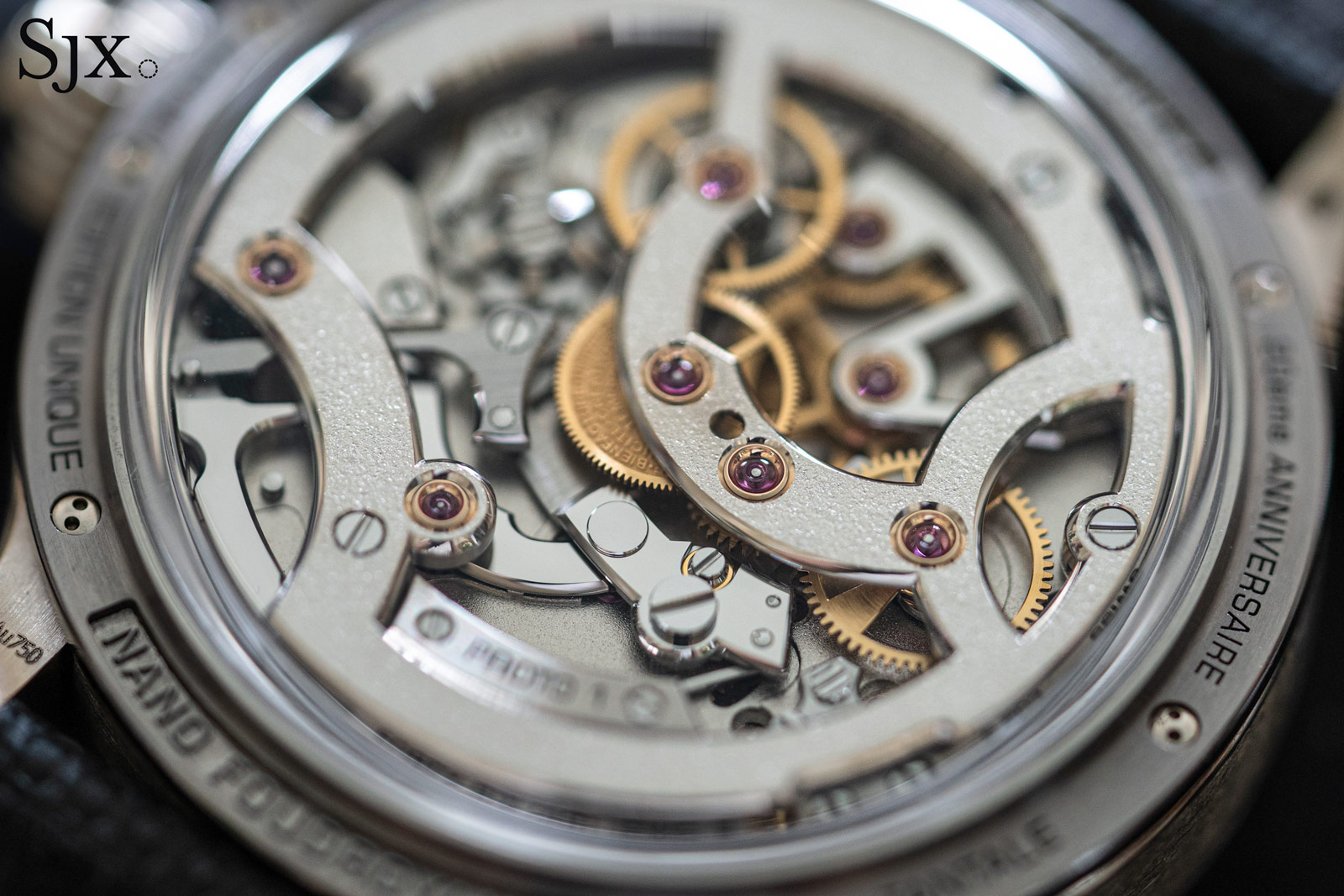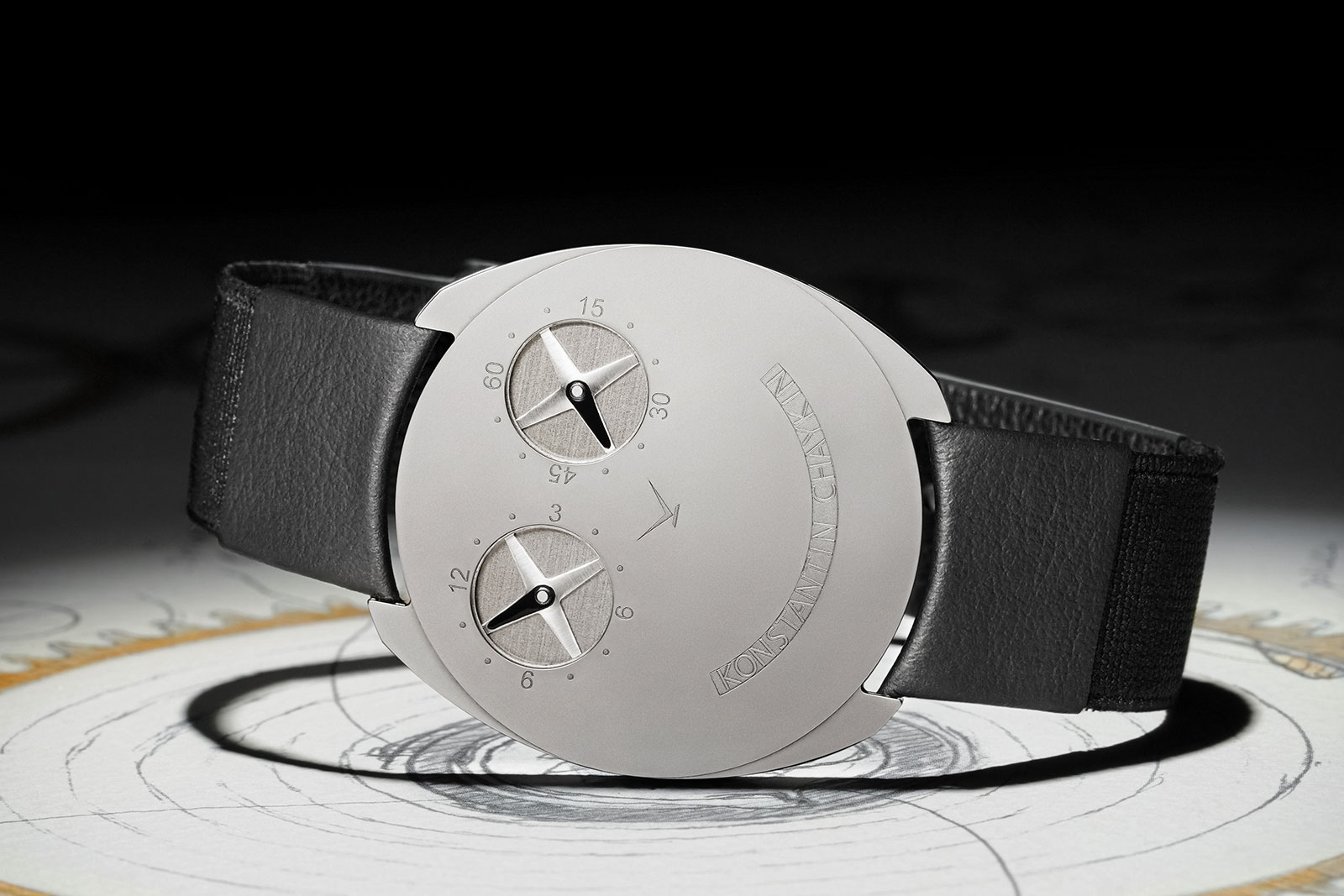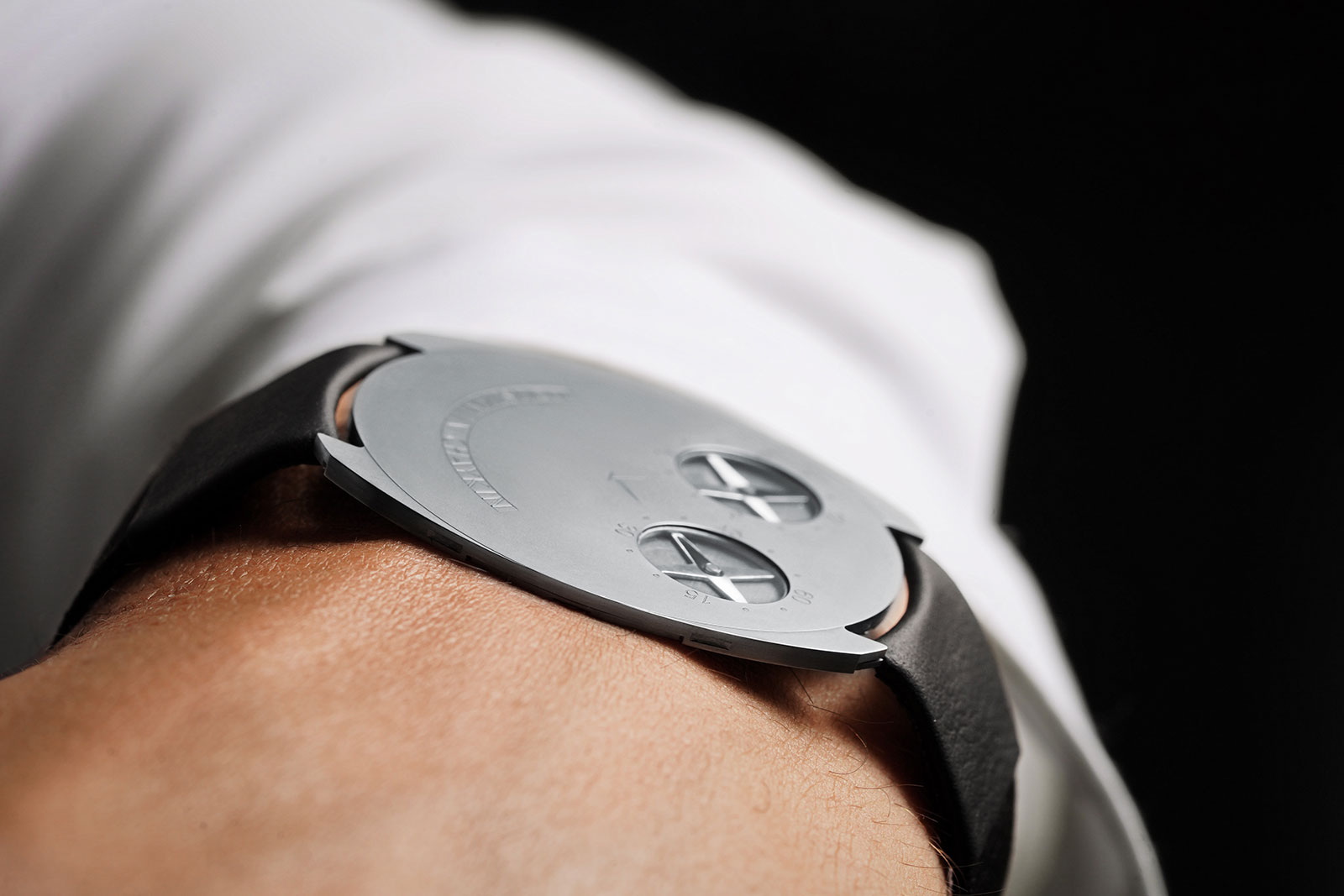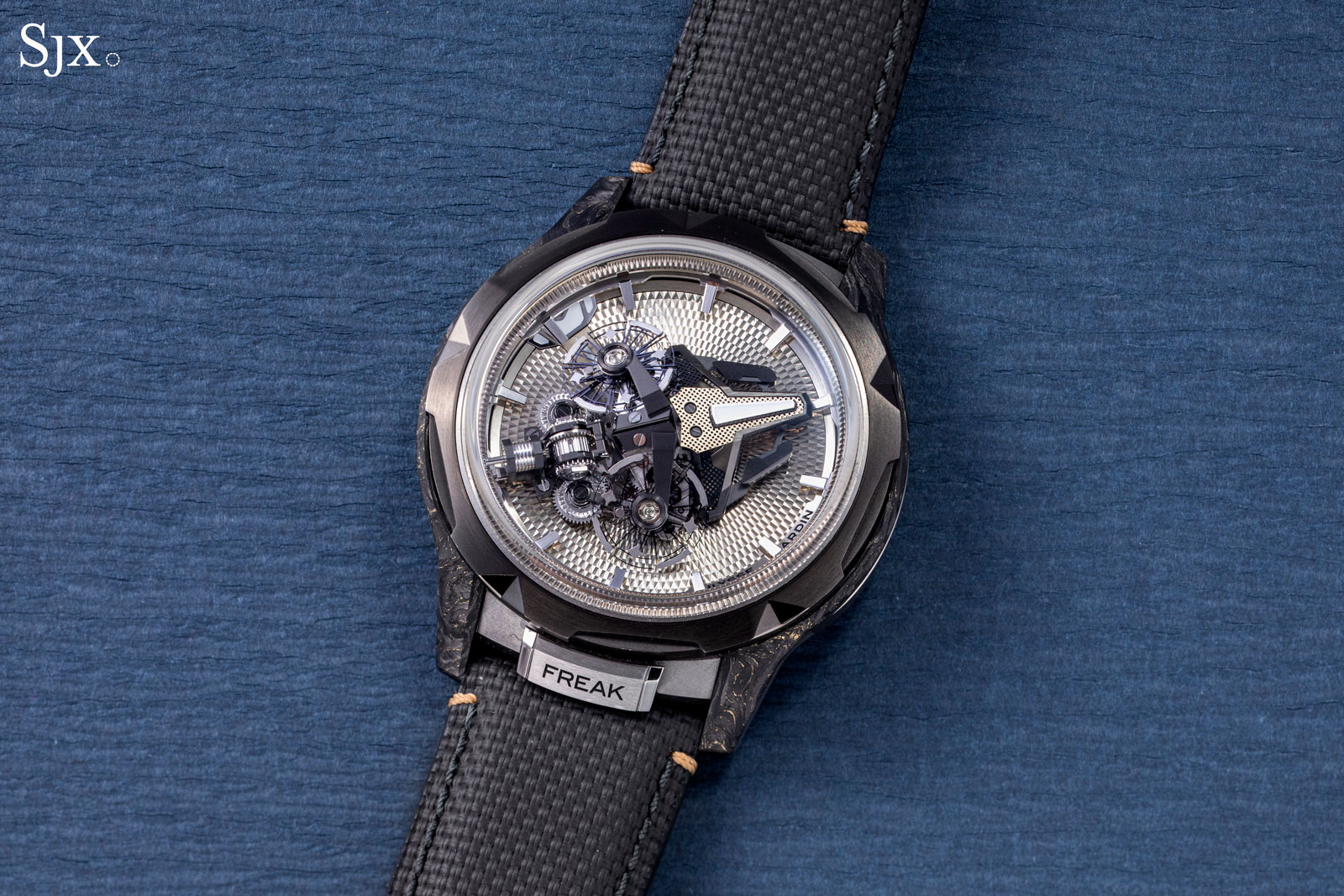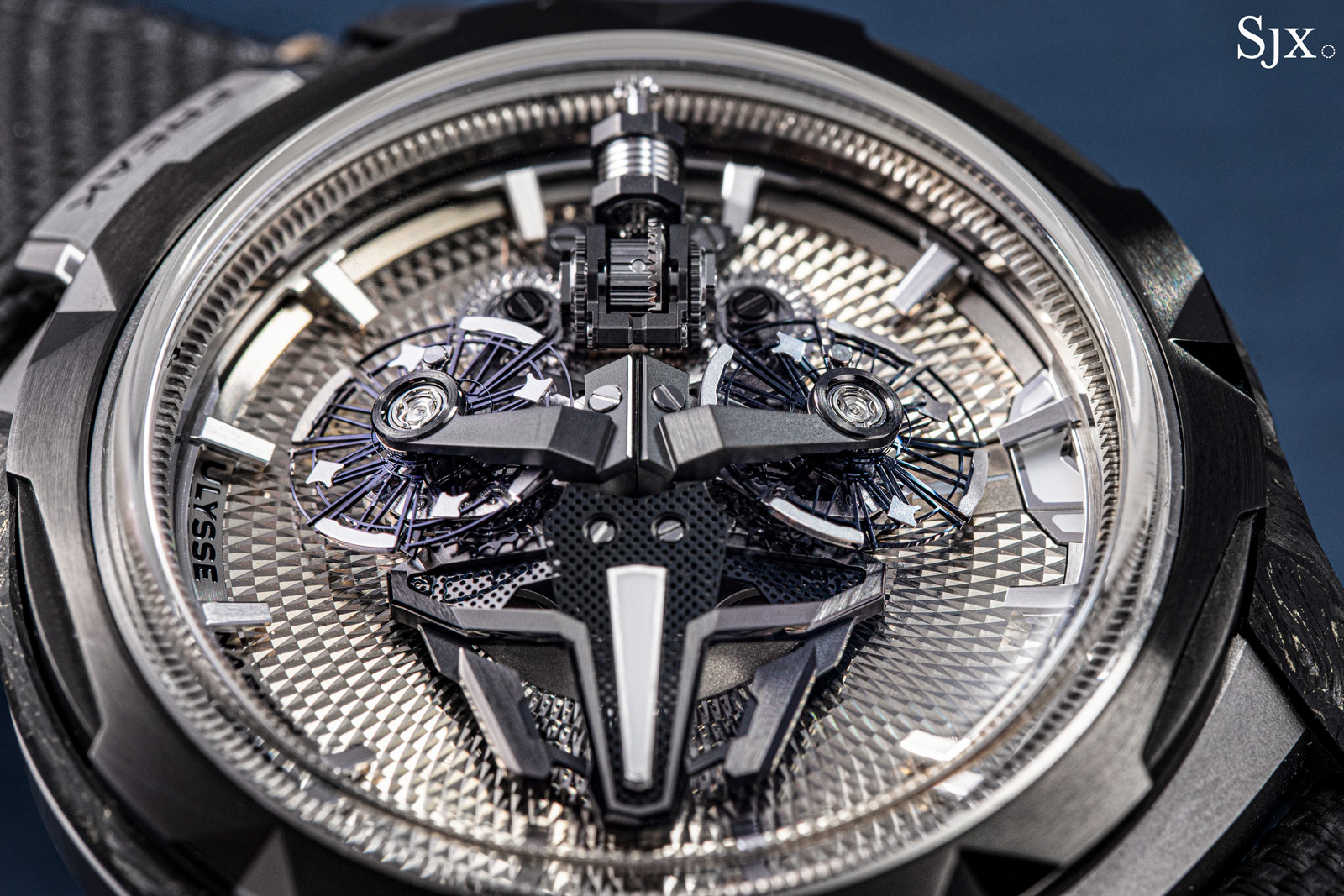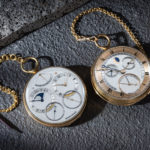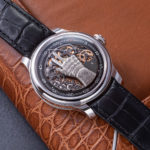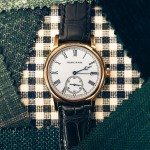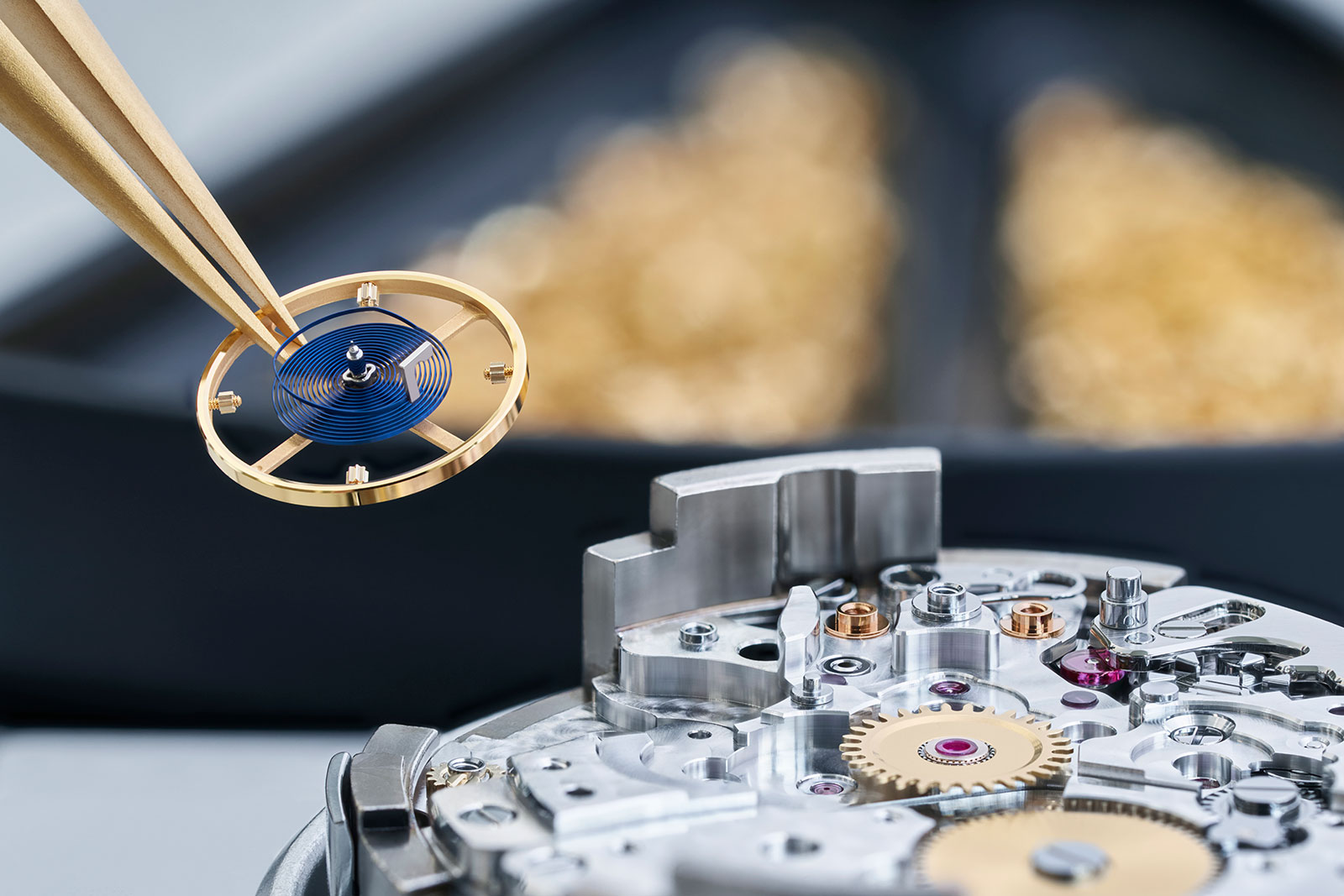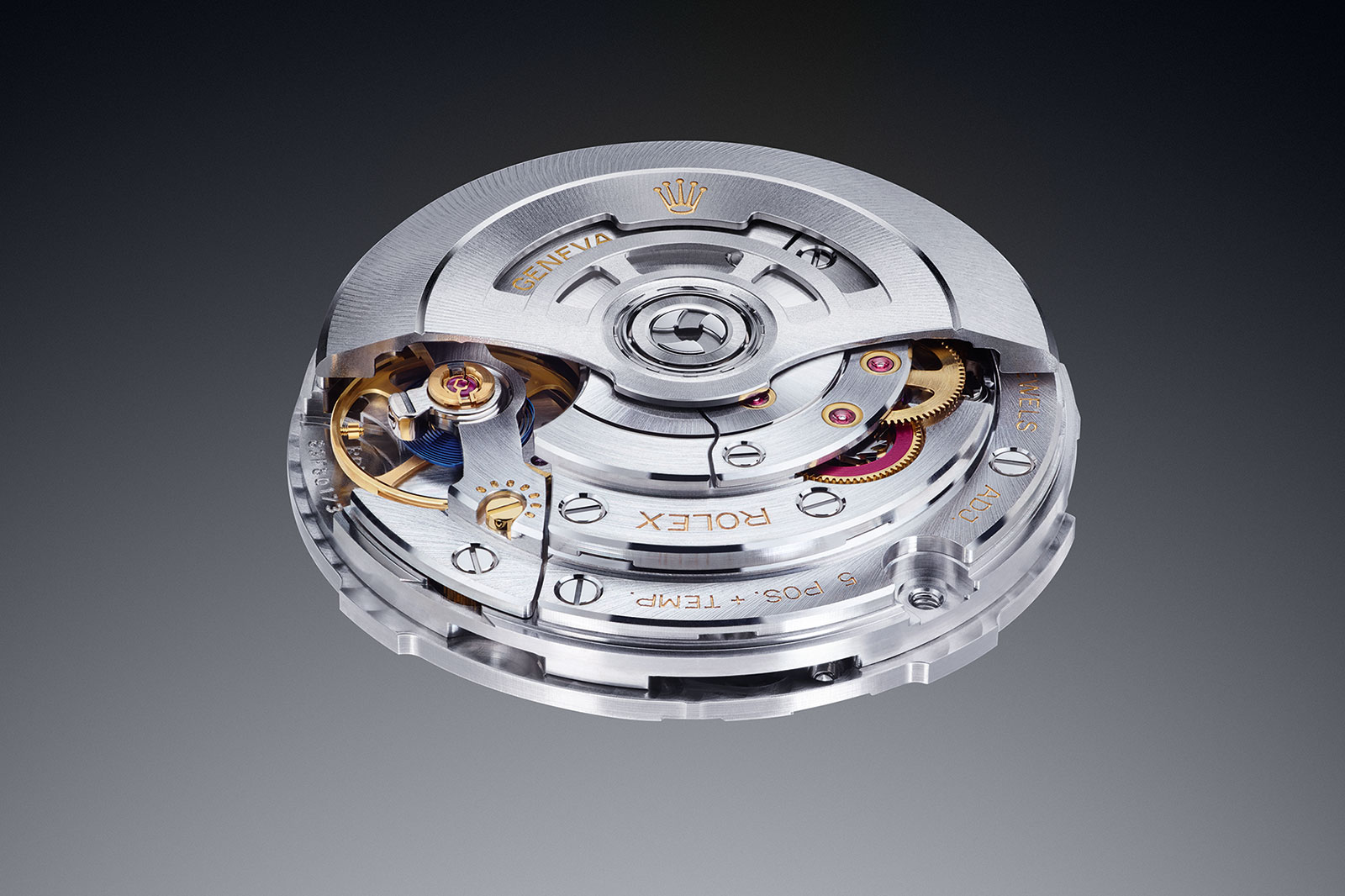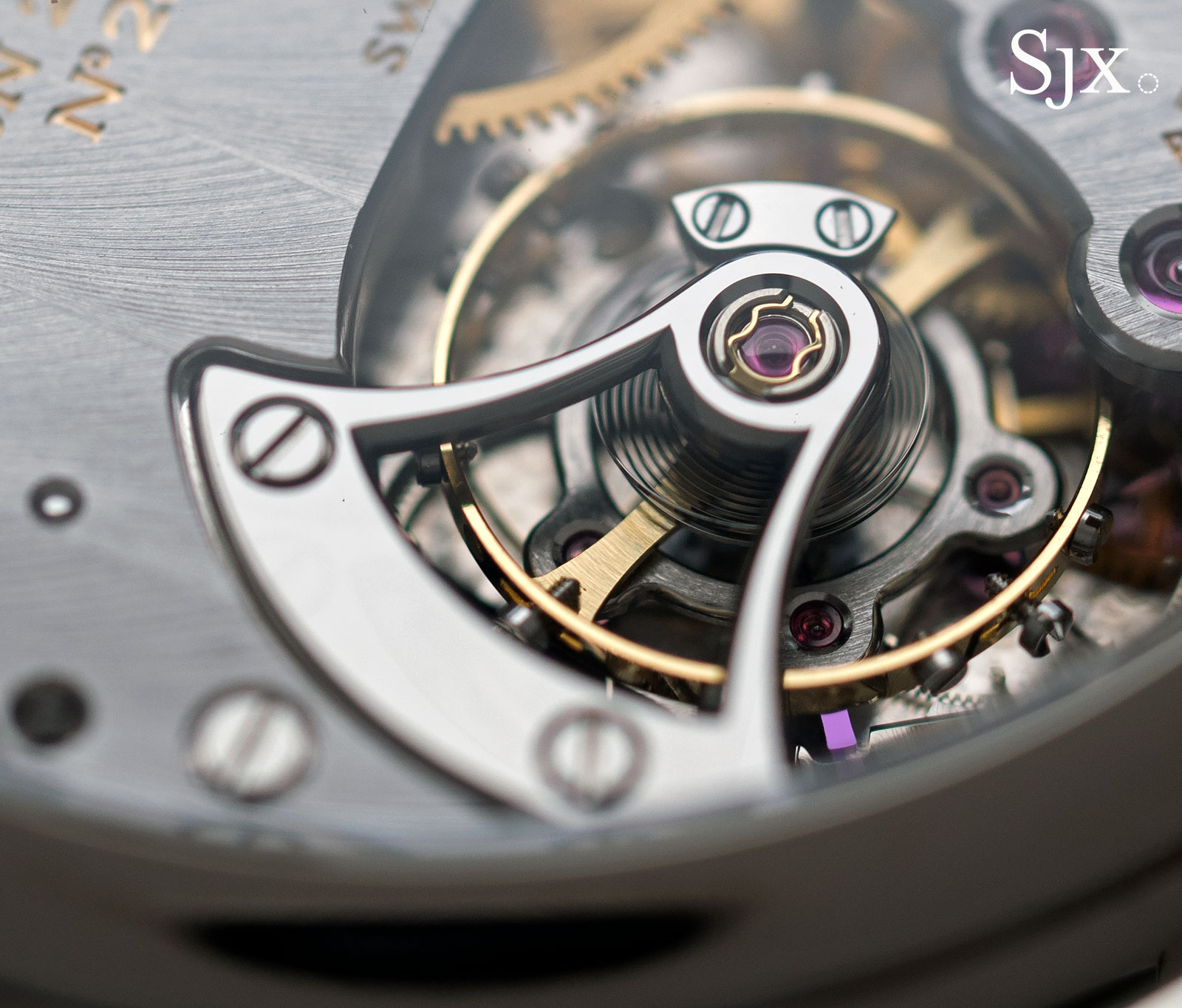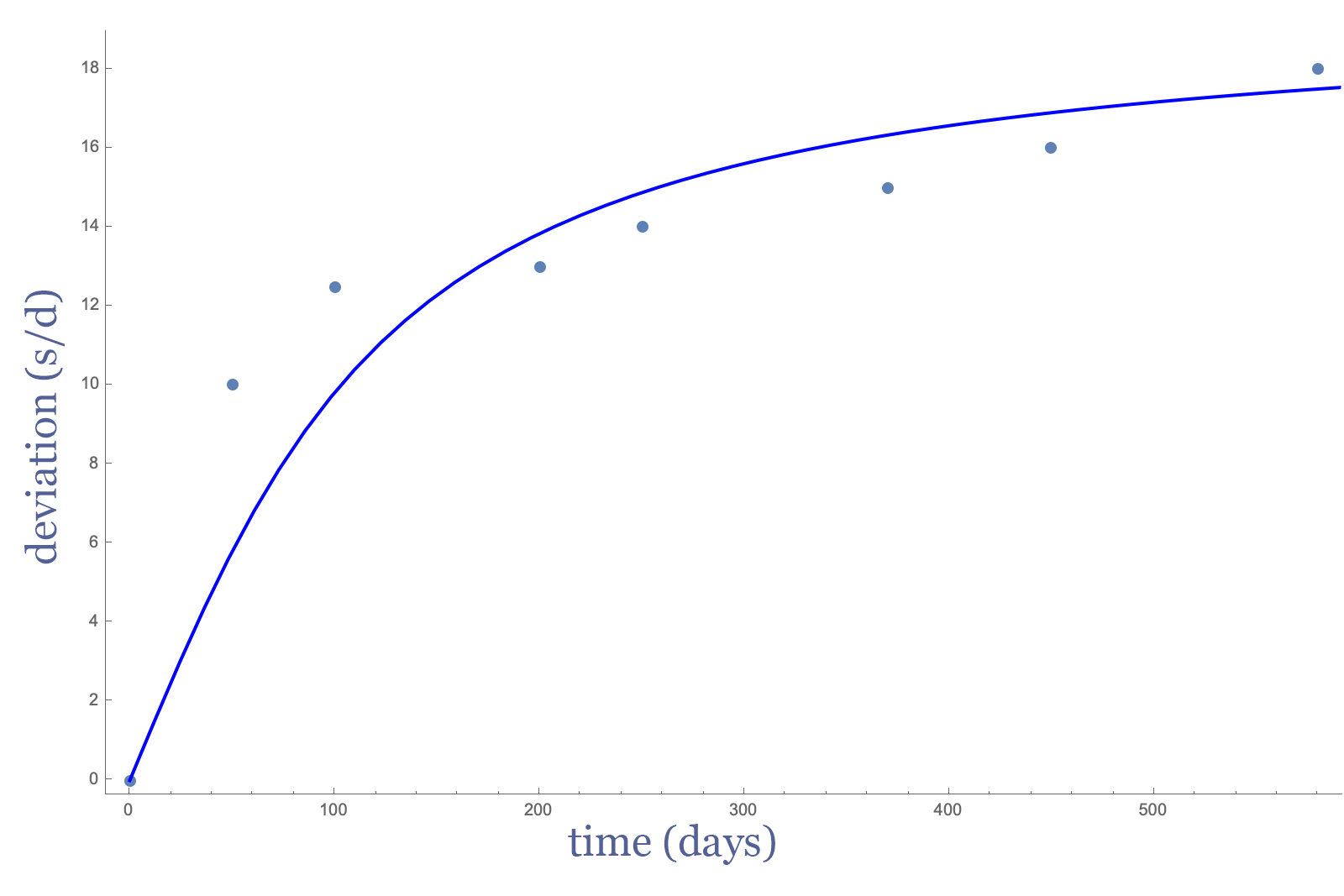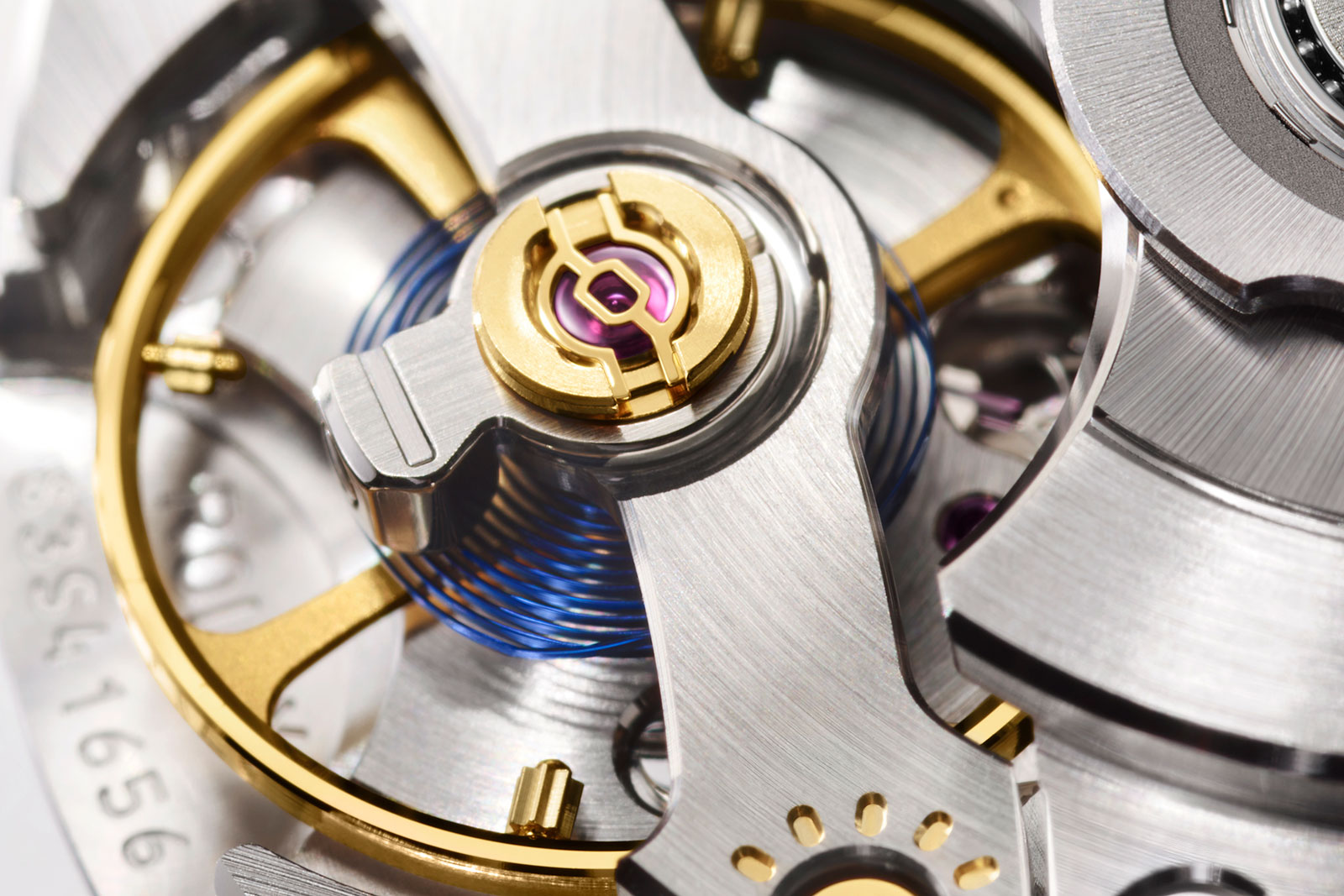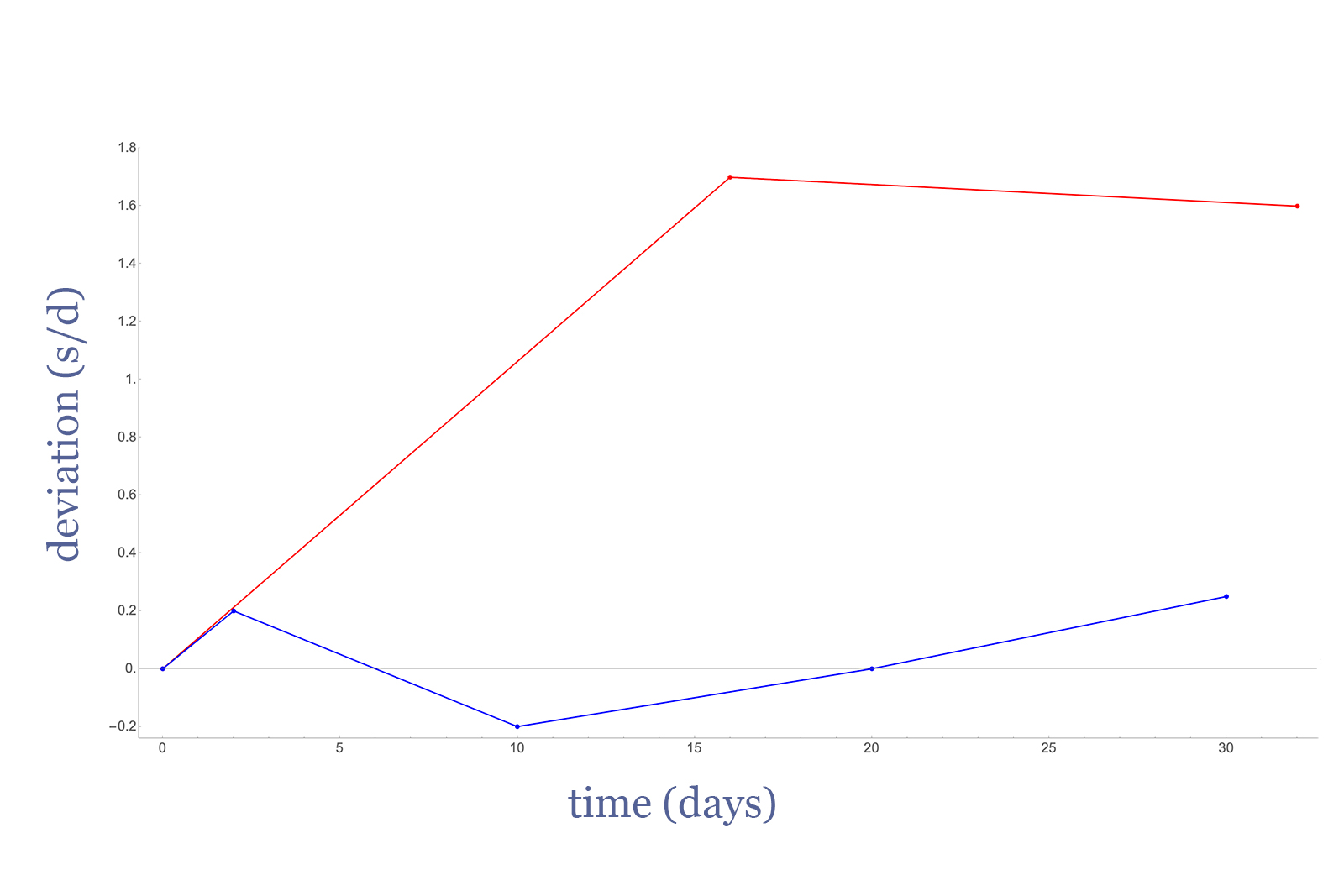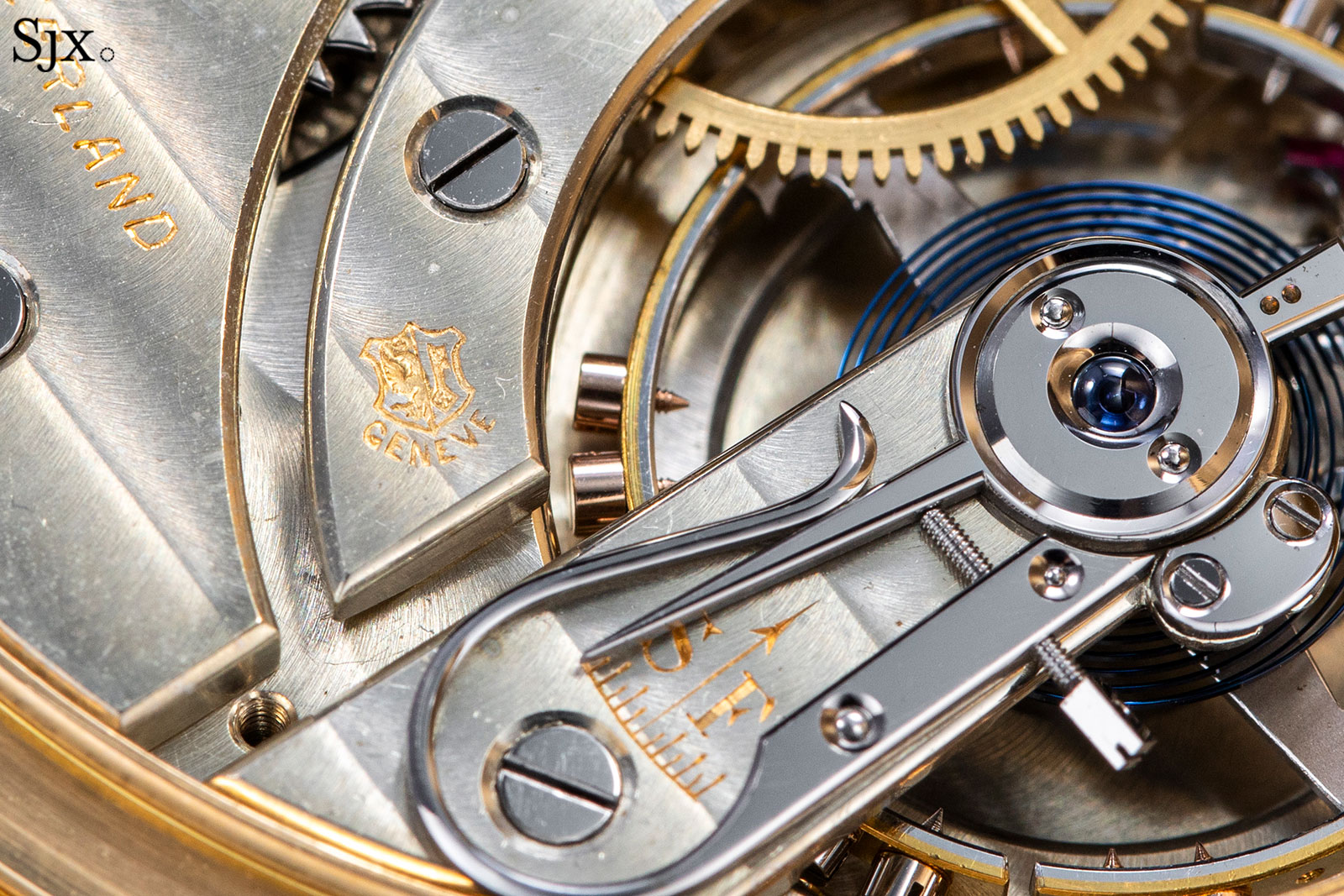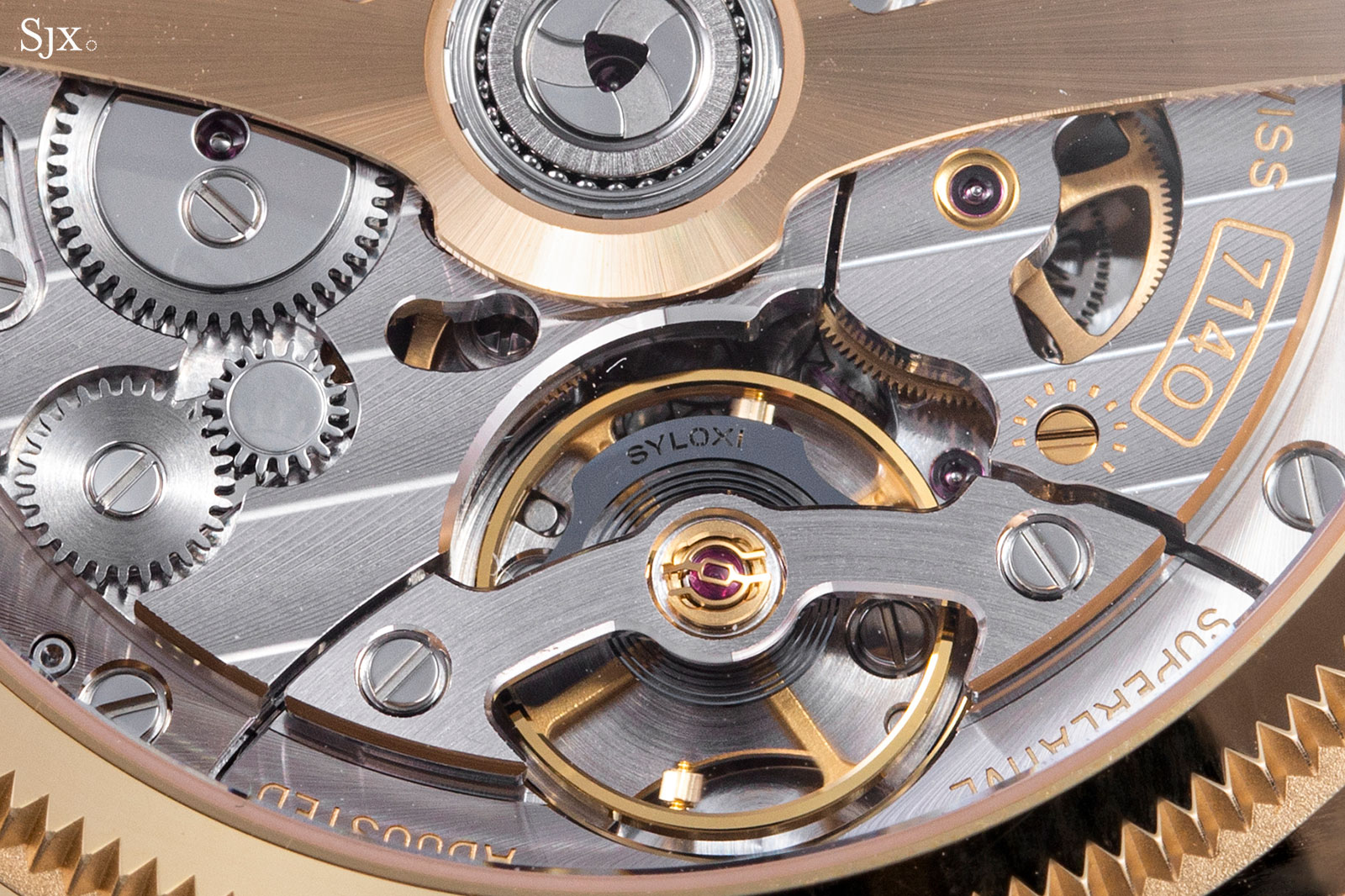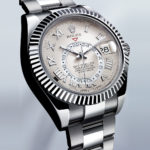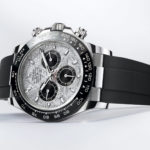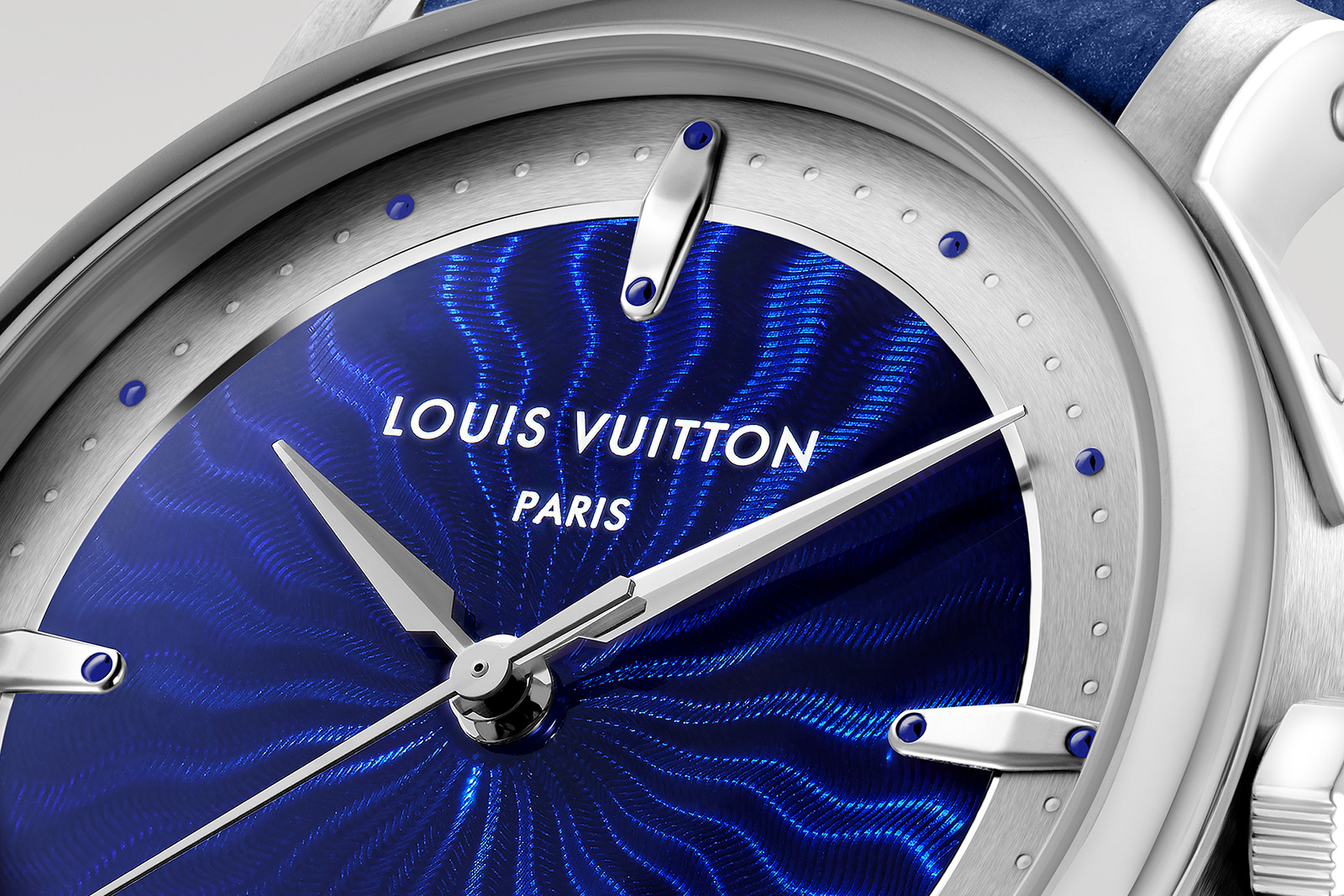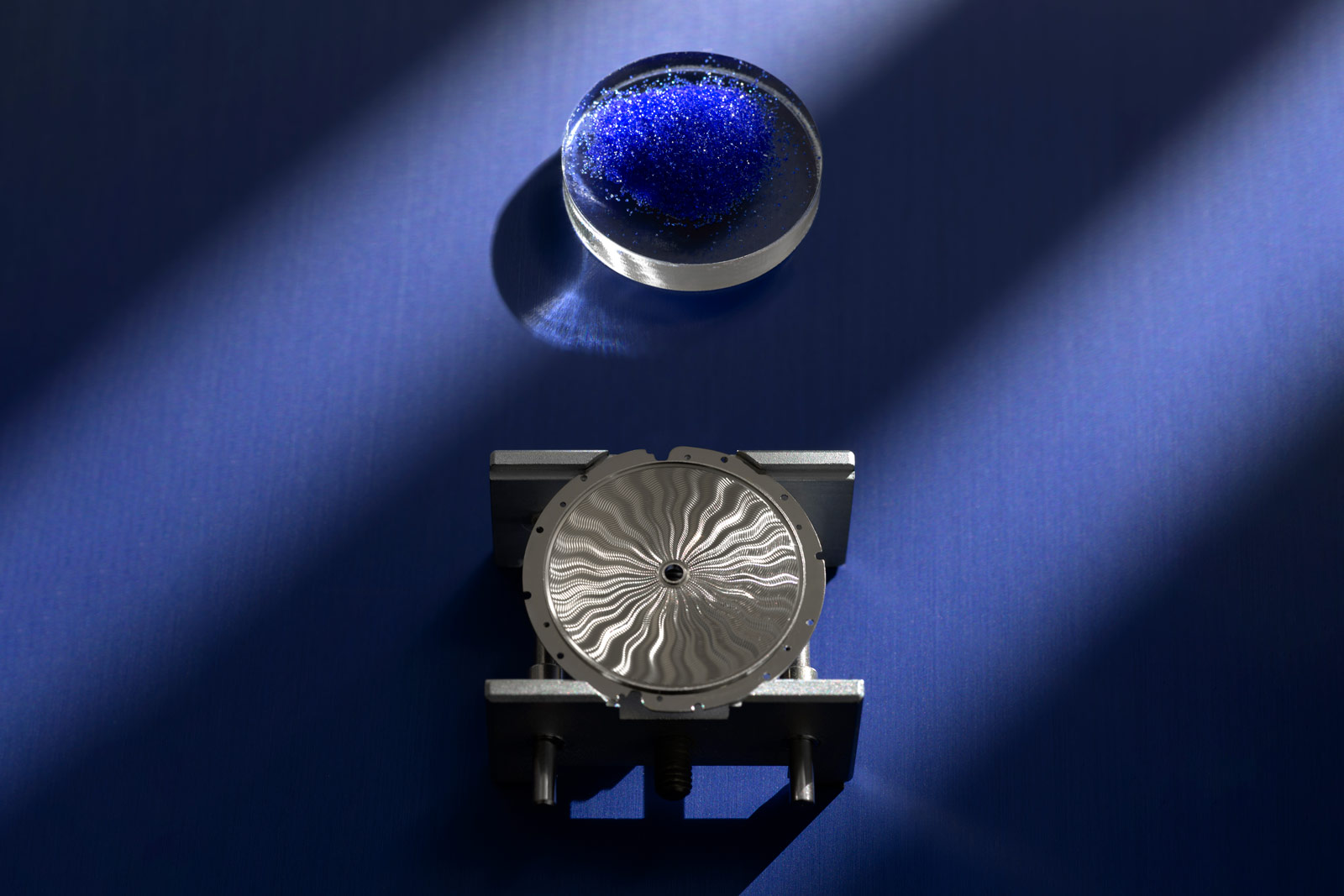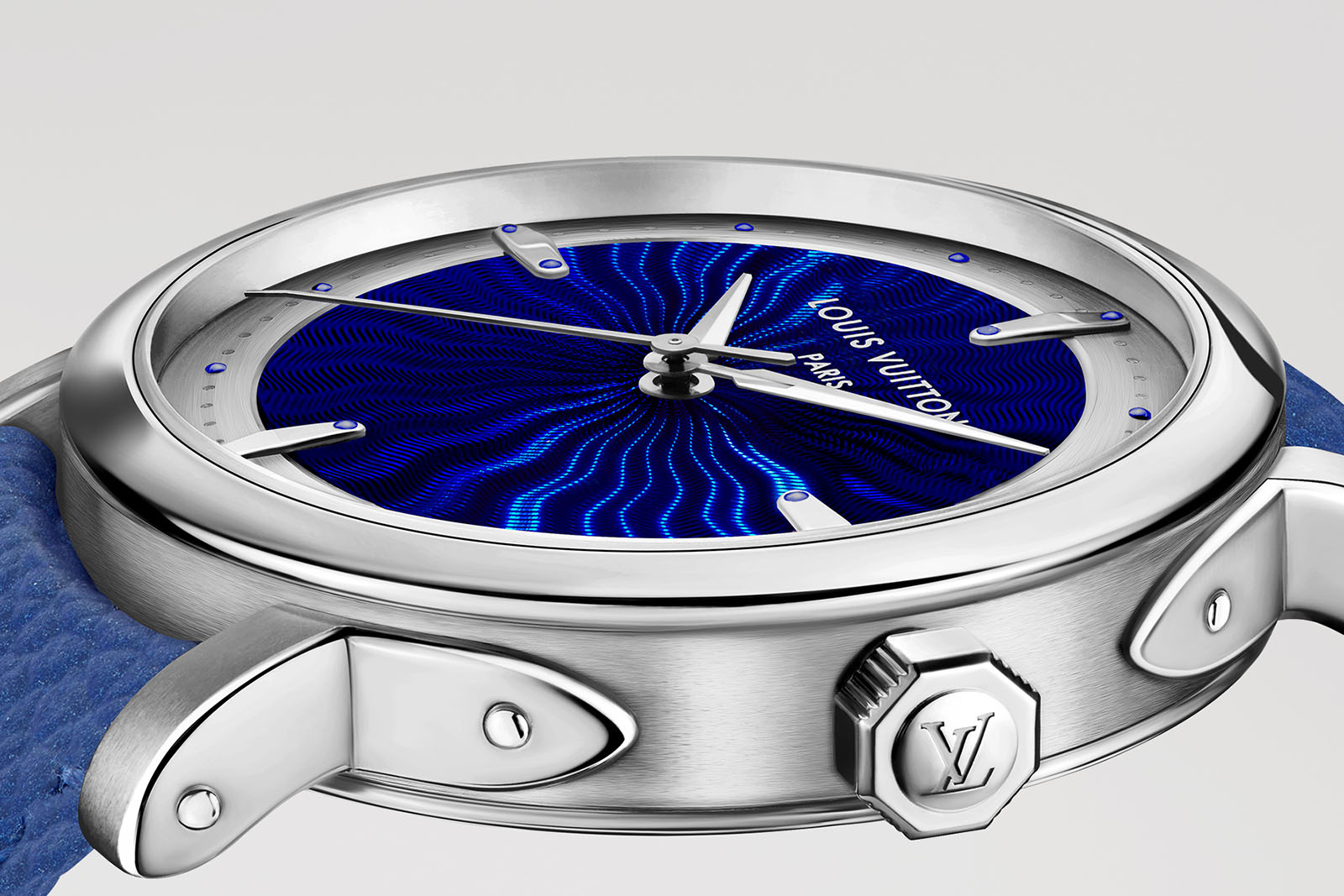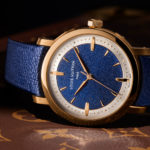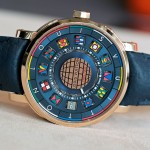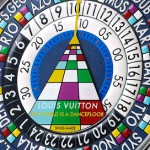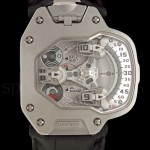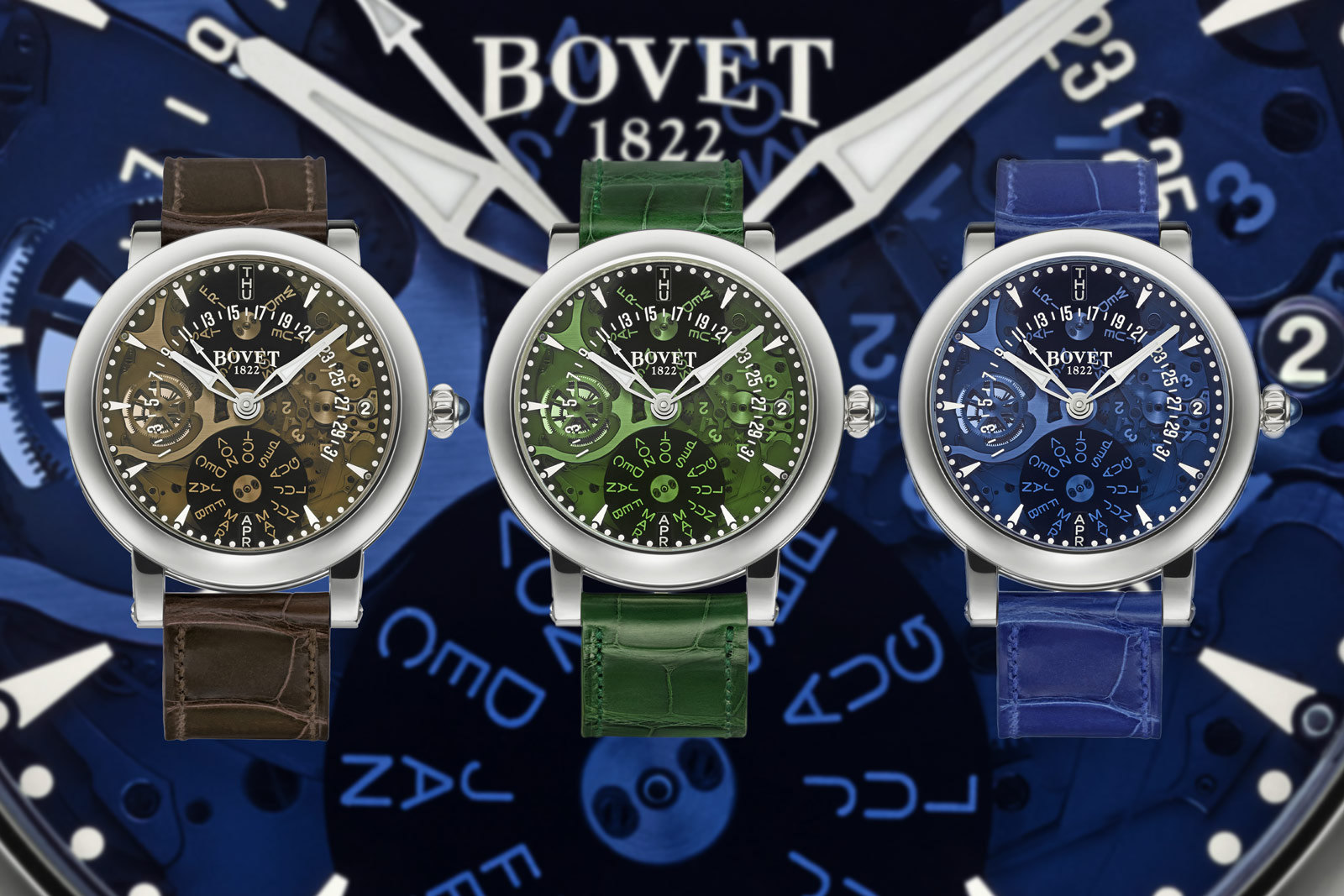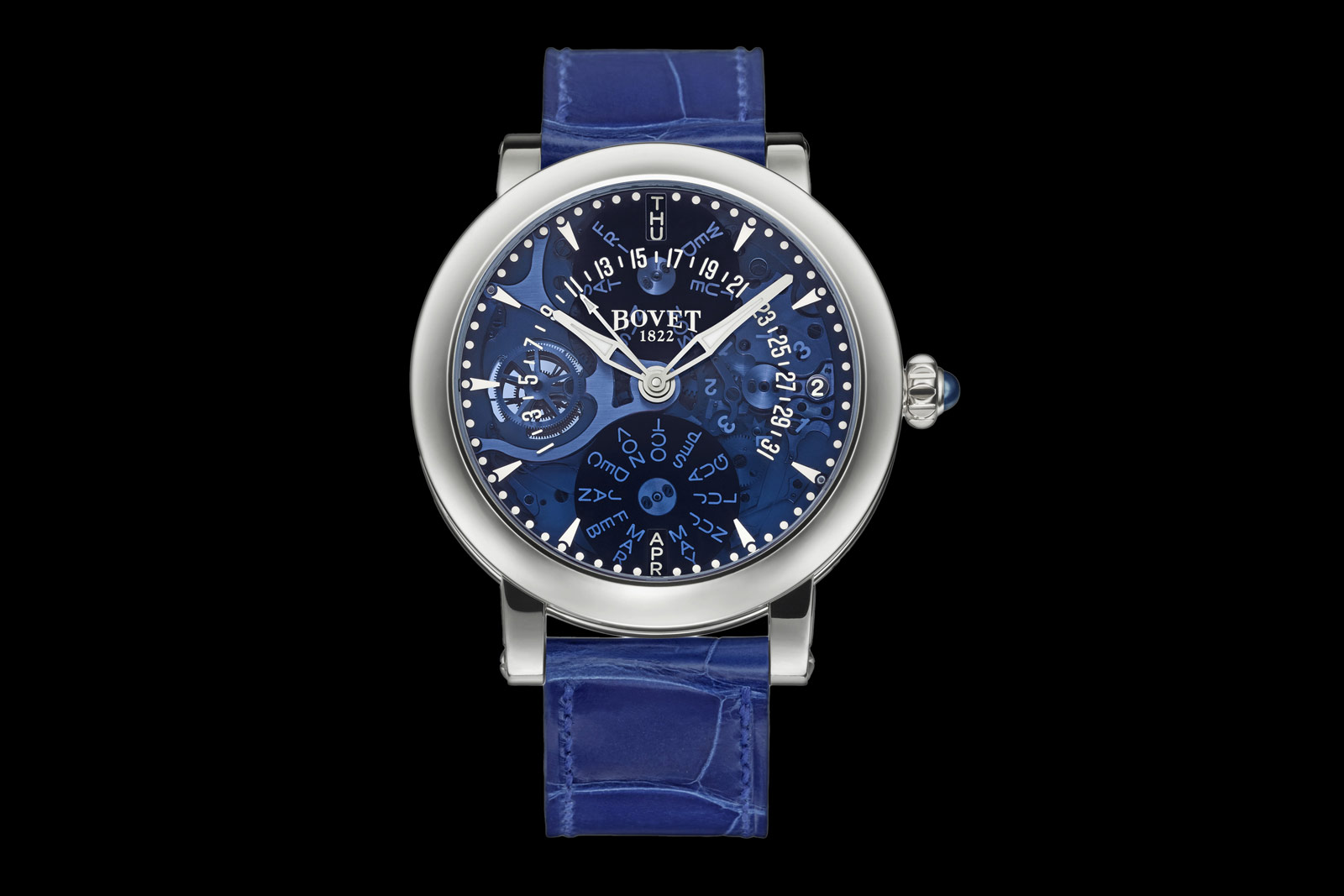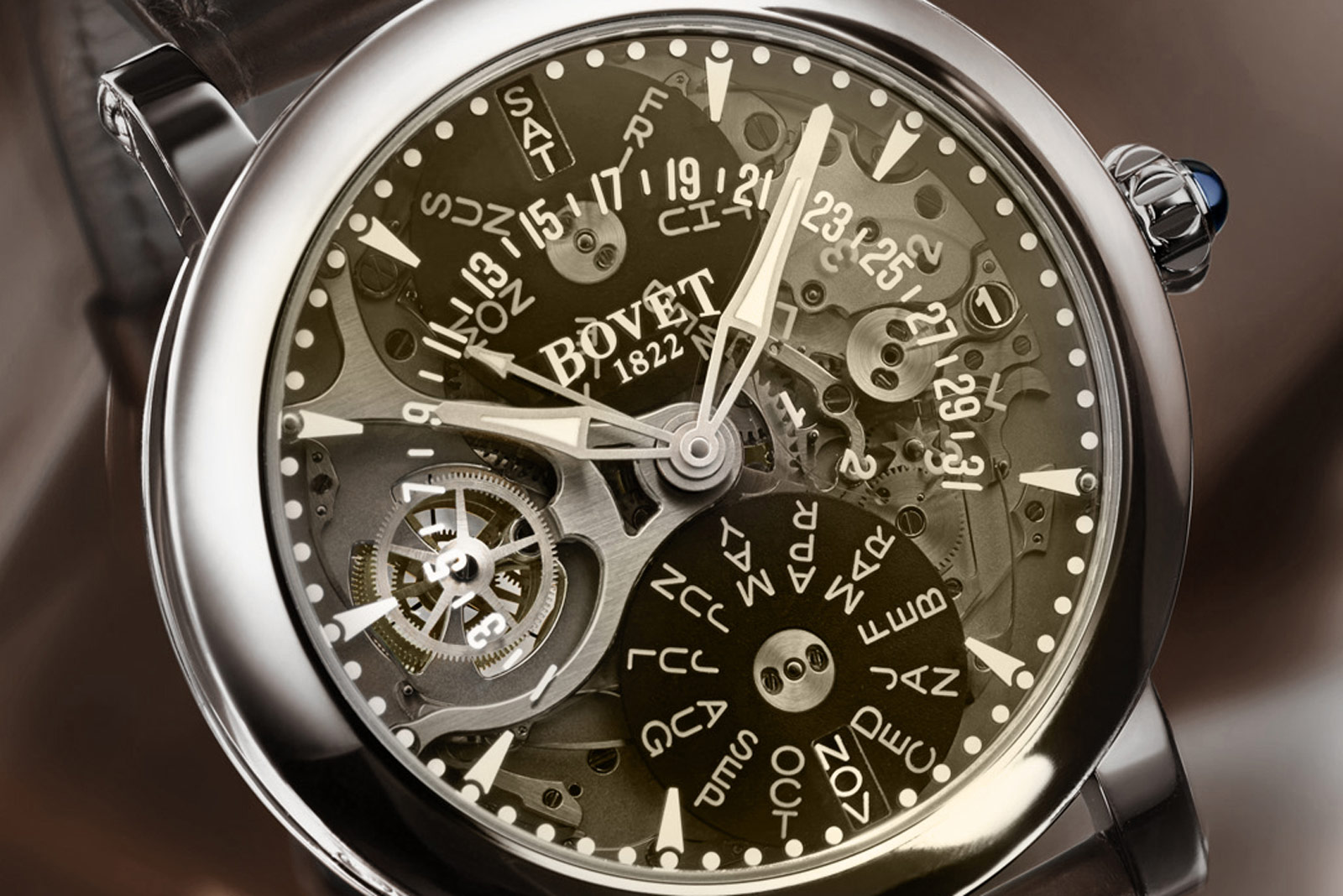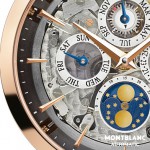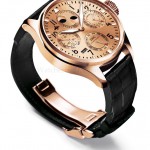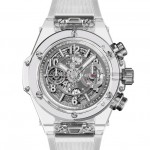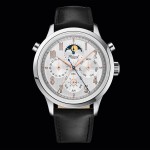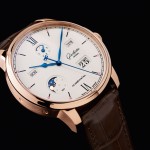Year in Review: Eight Predictions for 2025
From big anniversaries to Rolex revelations.
Twenty twenty-five will be shaped by several factors, ranging from major anniversaries for a trio of important high horology brands, to economic reality where the slowdown in demand will reshape retail channels (and already led one watch brand to go bust). And the coming year will also see the still-unknowable Rolex strategy unfold, which might happen under the radar but will definitely be interesting.
Big watches for a big year
Next year will be a milestone for trio of important brands. Audemars Piguet (AP), Breguet, and Vacheron Constantin (VC) will all mark significant anniversaries: 150 years at AP, 250 years of Breguet, and 270 years for VC. This implies some major timepieces or even mechanical objects are on the way.
Such watches are practically convention as landmark anniversaries are often platforms for brands to launch major watches. Some of the most complicated watches in contemporary watchmaking were anniversary creations – Patek Philippe marked 150 years with the Calibre 89, and then 175 years with the Grandmaster Chime.
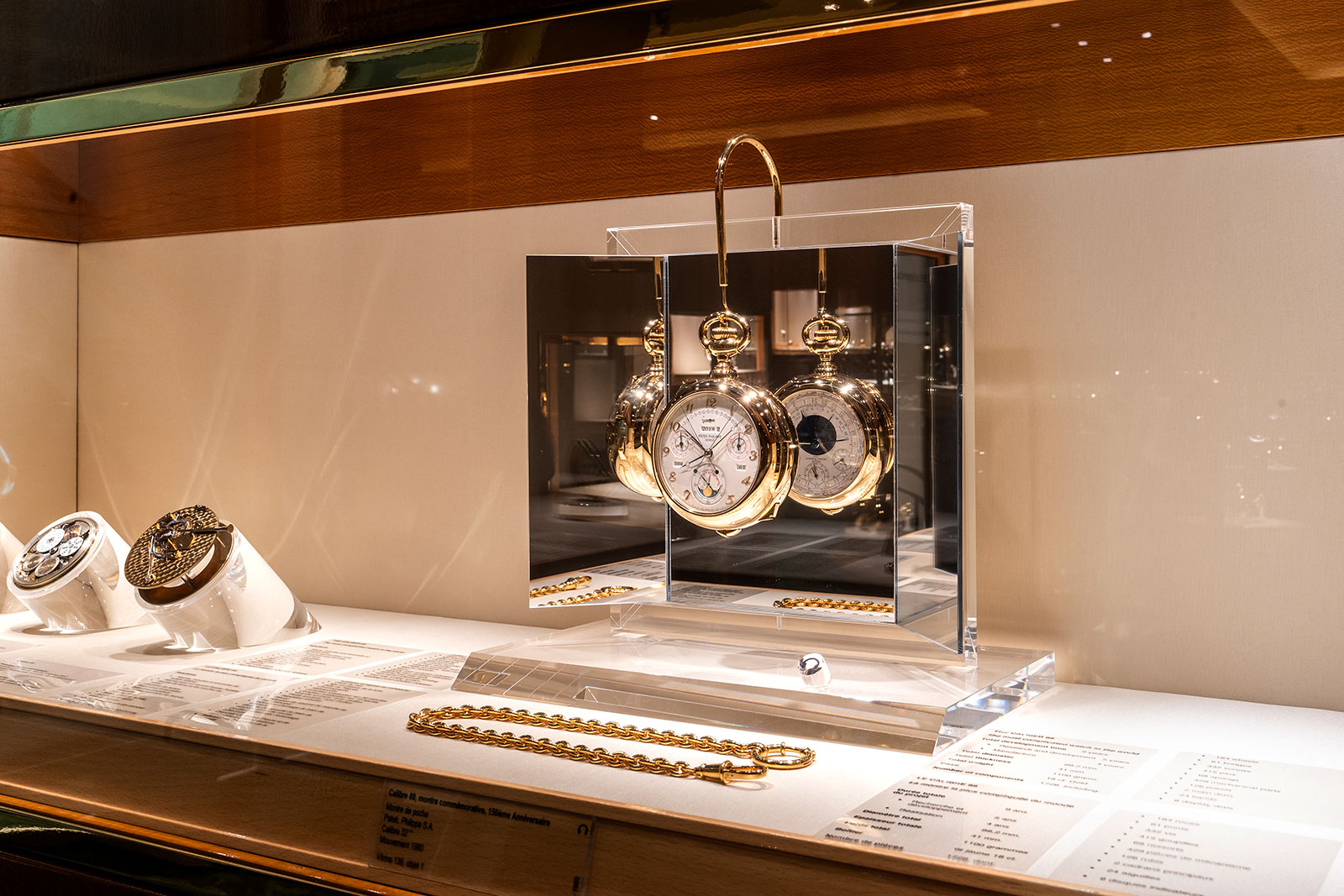
The Patek Philippe Calibre 89 launched in 1989 for its 150th anniversary. Image – Patek Philippe Museum
In 2005, when VC marked its 250th year, it launched the Tour de l’Ile, which was the most complicated wristwatch in the world at the time, and also the most expensive wristwatch sold at auction that year. With that in mind, VC might be working on something that lives up to its status as a maker of haute horlogerie complications.

The Vacheron Constantin Tour de l’Ile. Image – Vacheron Constantin
Expectations are also high given the status of these brands in the watchmaking firmament. AP and VC are traditionally regarded as part of the “holy trinity” of Swiss watchmaking, albeit with their own distinct identities.
Both are coming off all-time highs thanks in large part to their luxury-sports watches, and now each is evolving in a different direction. AP is going all-in with contemporary art and pop culture, while VC is continuing its focus on classical art and museums like the Met in New York.
Arguably the most storied name of them all, Breguet has been less prominent in recent years, so its activities and launches for the 250th year will be telling in many ways.
Coincidentally, all three brands are now led by recently appointed chief executives. AP turned to an outsider, fragrance executive Ilaria Resta, who took over at the start of 2024, while VC and Breguet both promoted from within. Laurent Perves was just named chief executive at VC, and longtime Omega executive Gregory Kissling took over Breguet in October.
Whatever the anniversary watches are, they would have been in the works for several years, so the new leaders’ influence would be more on the events, marketing, and strategy rather than watches themselves – critics take note.
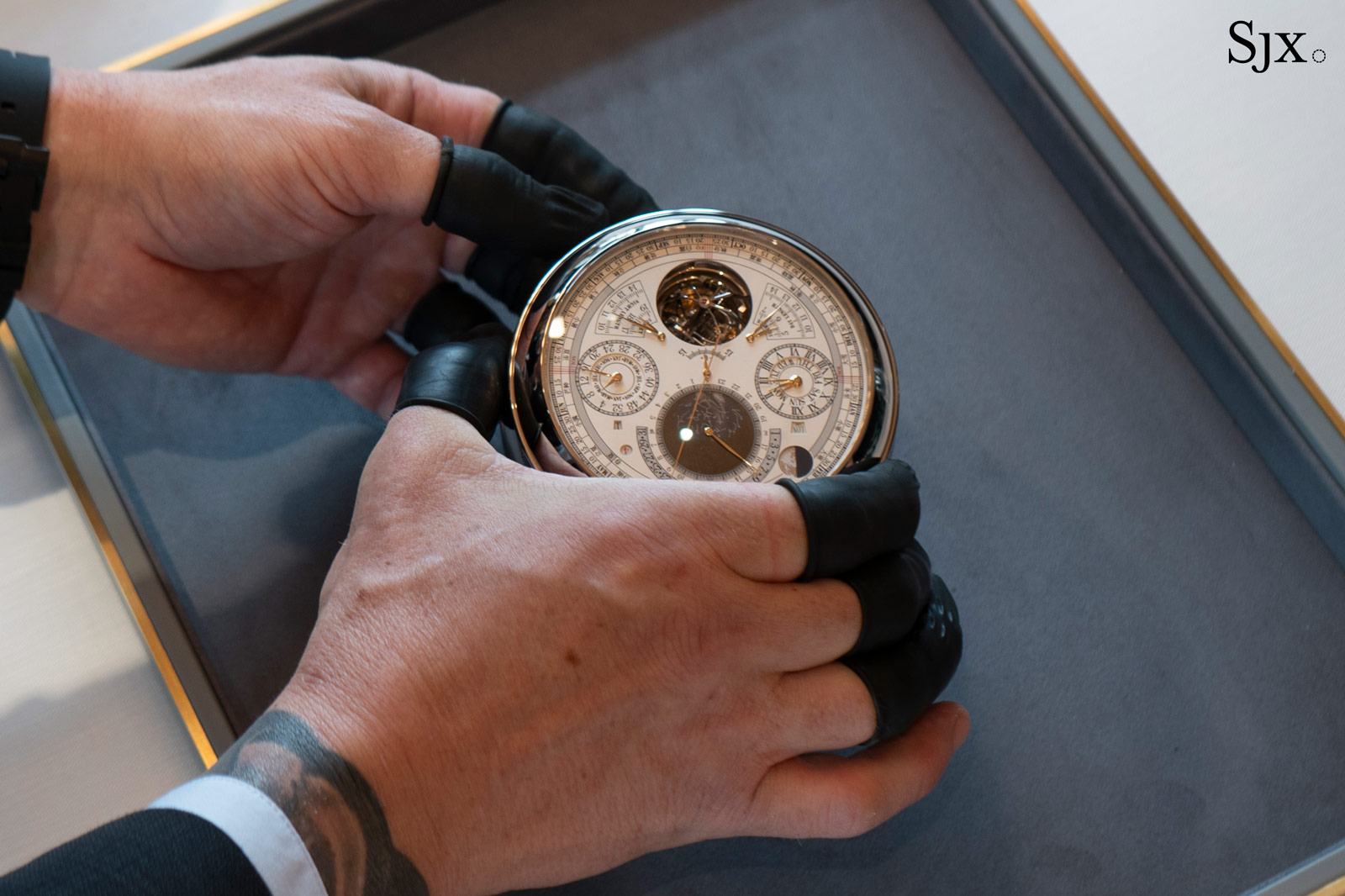
With the Berkley pocket watch, Vacheron Constantin launched the most complicated watch ever in 2024, so what’s in store for next year?
Revelations at Rolex
And on the topic of big brands, something is brewing at the biggest of them all, Rolex. No major anniversary there, but there’s something afoot in Acacias.
Sometimes around the middle of the year, I came across Coronet, an online magazine dedicated to Rolex. The gentleman behind the content is Dan Crivello, a longtime writer for Rolex Magazine, a longstanding blog dedicated to the brand. Although Coronet appears to have been founded in 2019, it seems to have only recently pivoted to a focus on Rolex.
With intriguing articles like an interview with the head of dial prototypes at Rolex, it seems that Coronet isn’t merely another online platform, but something supported by Rolex, either explicitly or implicitly. Several of its articles are so specifically sourced that they inevitably come from the brand, which neither leaks nor drops hints, meaning the dissemination of information is probably planned.

Home to many secrets, Rolex headquarters in Geneva. Image – Rolex
This is intriguing because Rolex has historically been tight-lipped about everything, so this might be an experiment that marks the start of something more in terms of the brand’s engagement with the public. Perhaps Coronet is be a place for Rolex to circulate news that the brand wants out there but doesn’t want to announce itself.
Given the exceptionally long time horizon on which Rolex operates, this might just be part of a wider strategy that will unfold in several parts over years. A handful of other clues relating to Rolex and its plans for brand storytelling have emerged, and time will tell how it develops.
Comings and goings
The anniversaries will be an opportunity for brands to sell more watches, a welcome boost in the current climate. From cars to wine, demand has steadily declined from pandemic highs. While that’s the story across the luxury industry on average, a handful of stars in each segment continue to outperform – Ferrari in cars, Hermes in leather goods and fashion (and surprisingly Prada as well), Rolex and Patek Philippe in watches. None of these market leaders will really have to worry about selling their wares.
For everyone else, however, it’ll be a worrisome year across segments. The families that control Porsche expect the value of their stake in the sports car maker to decline, while the share price of Kering, the group that owns Gucci and Yves Saint Laurent, has declined 40% over the course of 2024.

The Richard Mille RM UP-01 inside a Ferrari Roma. Image – Richard Mille
In watchmaking, tourbillon specialist Purnell recently declared bankruptcy. Brands or suppliers going under will be a sporadic occurrence, but certainly will happen with greater frequency than over the last five years. Competent or highly specialised suppliers in particular will most likely be taken over, with some luxury groups being on the lookout for such opportunities.
Even as brands depart, their ranks will be filled with newcomers. There are brands planning to (re)launch in 2025, reflecting the perennial optimism (and steady stream of investors) in watchmaking. One brave comeback attempt is Breva, a short-lived brand that existed for about two years a decade ago. Its specialty was a US$150,000 watch incorporating a mechanical barometer and altimeter. I don’t know yet what the new Breva will be about, but it will certainly be interesting to see how it unfolds.
Convergence
Many new brands, and also new launches from existing brands, will be social-media friendly, meaning the watches look distinctive in photos. This trend was already apparent for some time but really took hold during the pandemic.
This explains part of the recent popularity of the Cartier Crash, and also the high-contrast straps on otherwise plain watches that are common on social media. A decade ago I would never have imagined a Lange on a neon-yellow strap or an F.P. Journe on a bright white band, but now that’s almost standard dress.
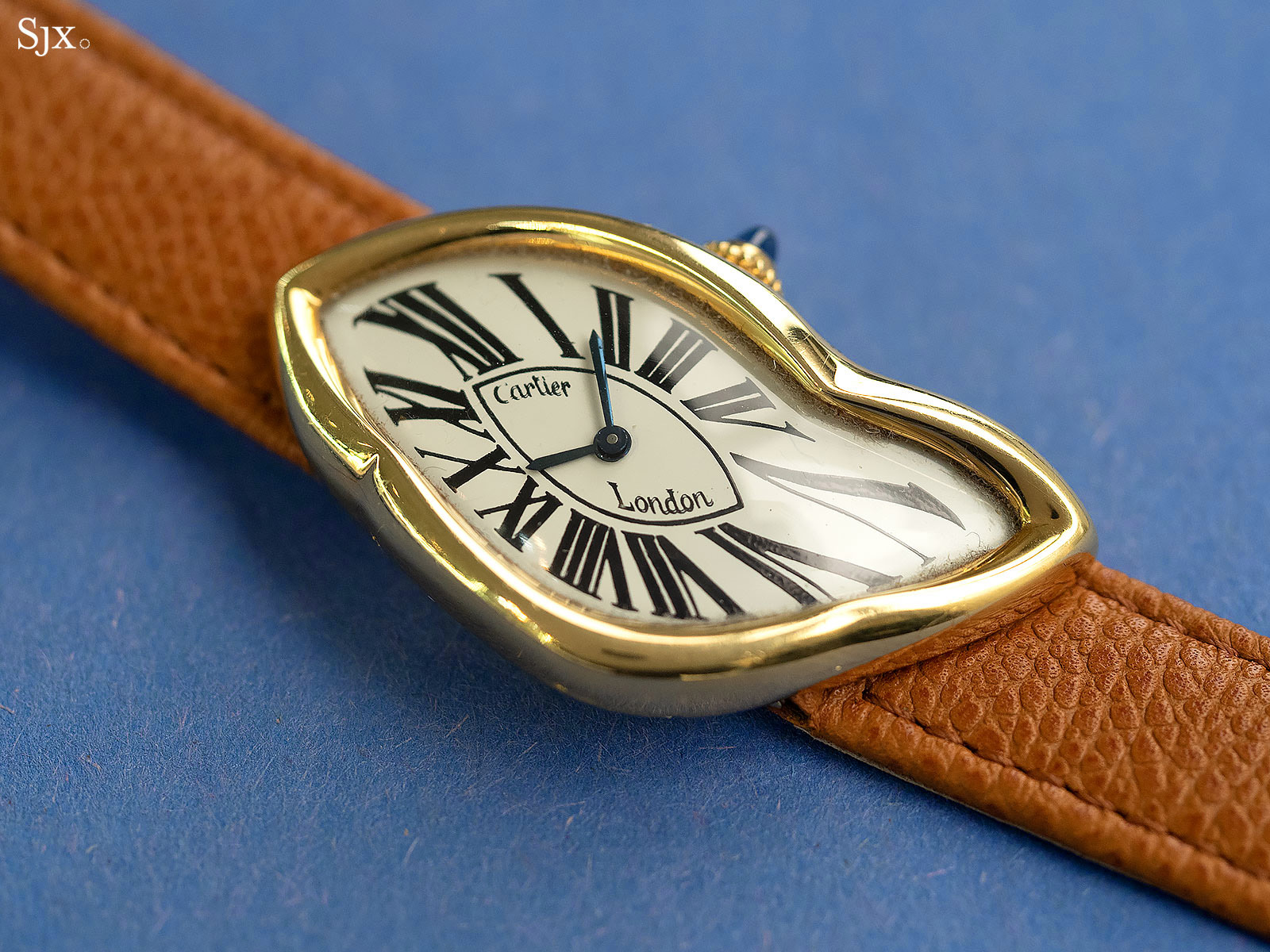
A Crash of “Swinging Sixties” London
The result is going to be more form watches, like the Crash and Cartier’s other assorted shapes, and watches with open dials or no dials at all. The latter has become a recurring theme in independent watchmaking in particular and looks set to continue. If there is one category of suppliers that is doing well, it is those offering decoration to independents making such watches.
More retail channels
While there will be convergence in watches, distribution will continue to grow more diverse, despite most brands having moved towards the boutique-only model. That’s because the slowdown means watch brands will have to work harder to sell watches. This will translate into more availability for consumers as distribution channels widen.
Many brands will do less boutique-only and more third-party retail. While brands will continue to operate their own boutiques, they’ll likely open fewer of them – perhaps even close a few – and instead allow their third-party retailers to have stock.
Ironically, retailers might not be too keen to increase their inventory, or allow brands back in after having been unceremoniously closed down (particularly in the case of brands owned by luxury groups). There’ll be a lot of give and take here.

The strongest brands, however, will not change their distribution strategy. Image – Rolex
But it won’t just be watch retailers that watchmakers turn to for wholesale. Many brands, particularly smaller ones recently established, are increasingly open minded about how and where they sell their watches. Retailers can range from watch magazines and blogs to clothing retailers to luxury e-commerce platforms. This will become more apparent if the slowdown persists or deepens.
The diversification of retail channels will increase the variety of watches as brands customise watches for various retailers. However, imprudent expansion of distribution will diminish brand equity over time. One metric of brand equity is counting the number of limited editions on secondary market sites like Chrono24 and Loupe. This will probably creep upwards in the near future.
More affordability?
The broadening of distribution might even lead to price competition amongst sellers, though that will only be true for brands that make a lot more watches than they can sell at sensible prices.
Watchmakers will instead try to make their watches more affordable. But lower priced new models won’t arrive just yet, since it takes a few years to develop new products (though some larger brands might be able to pull it off quicker).
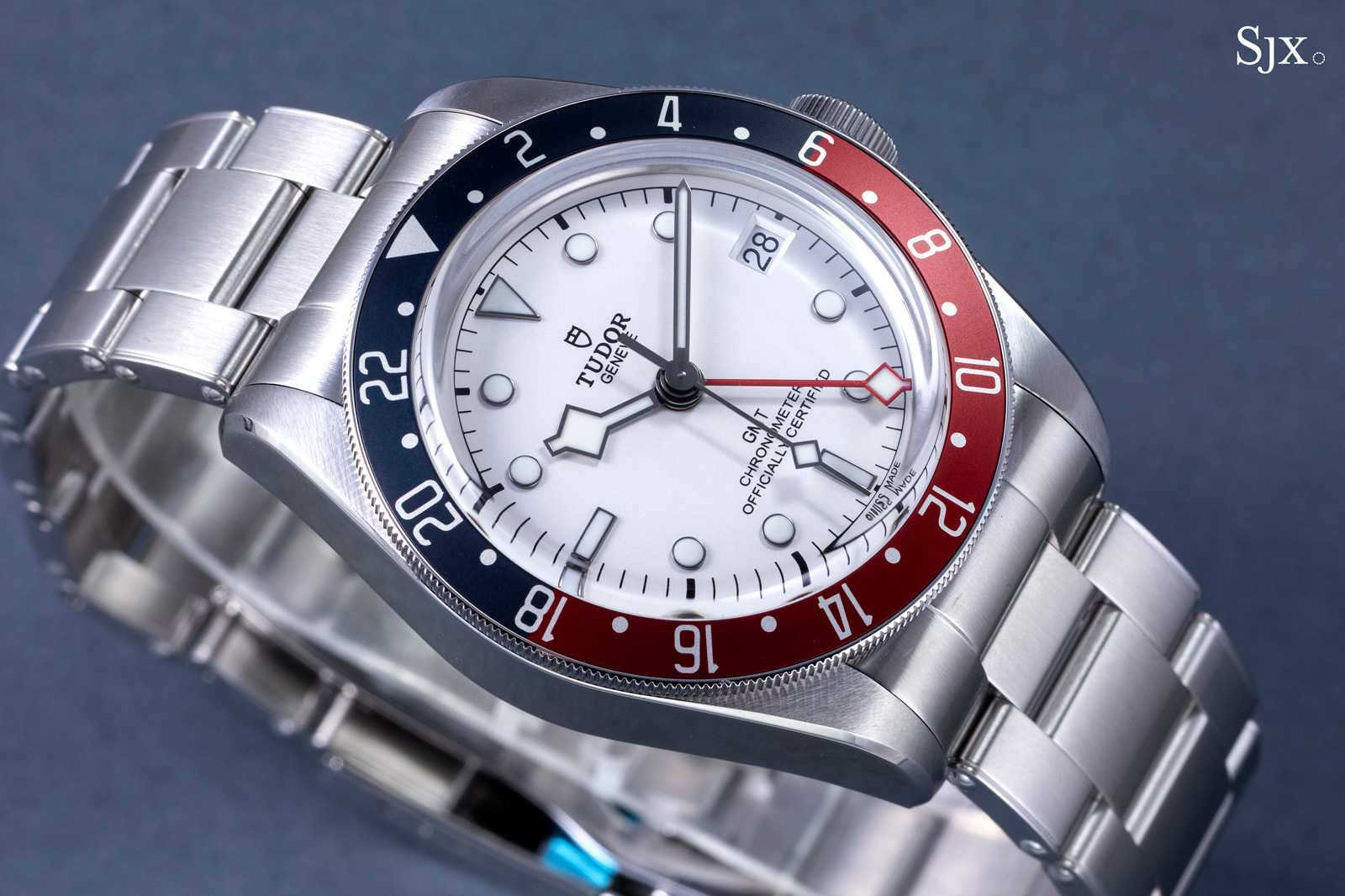
Affordable even when times were good
But some brands might postpone or even cancel pricey launches that were conceived during the good times. This holds true especially for new brands that found success in the four-figure price category, but have lofty ambitions to sell watches with six-figure price tags.
Brands are loath to reduce retail prices for current models, so boutiques will stick to retail prices for the most part, though some might dangle other incentives to get buyers to part with their money. However, third-party retailers are always more amenable to price negotiations than boutiques, which still translates into more affordability.
The rise of the East
Competitive offerings, at all levels of the price spectrum, will increasingly come from Chinese watchmakers. While historically known for entry-level watches, Chinese watch brands have rapidly advanced in terms of quality and design. Ironically, this is in part thanks to Western brands that relied on Chinese suppliers, providing suppliers a steady incentive to raise the bar.
However, Chinese brands don’t yet have the brand equity of establishment brands, and that will take a some time to build. Over the long term, the most successful will be brands with a coherent cultural identity, as opposed to hybrid brands that straddle cultures, for instance a “Chinese” brand founded by Westerners. The origins of the most successful brands are instantly recognisable – Ferrari is Italian, Hermes is French, and F.P. Journe is Genevois.
At the same time, it is sometimes difficult to figure out who makes what and who owns what in the Chinese watch industry, even for insiders within the industry in China. This can make ownership, provenance, and manufacturing unclear, which in turn gets in the way of building brand equity.
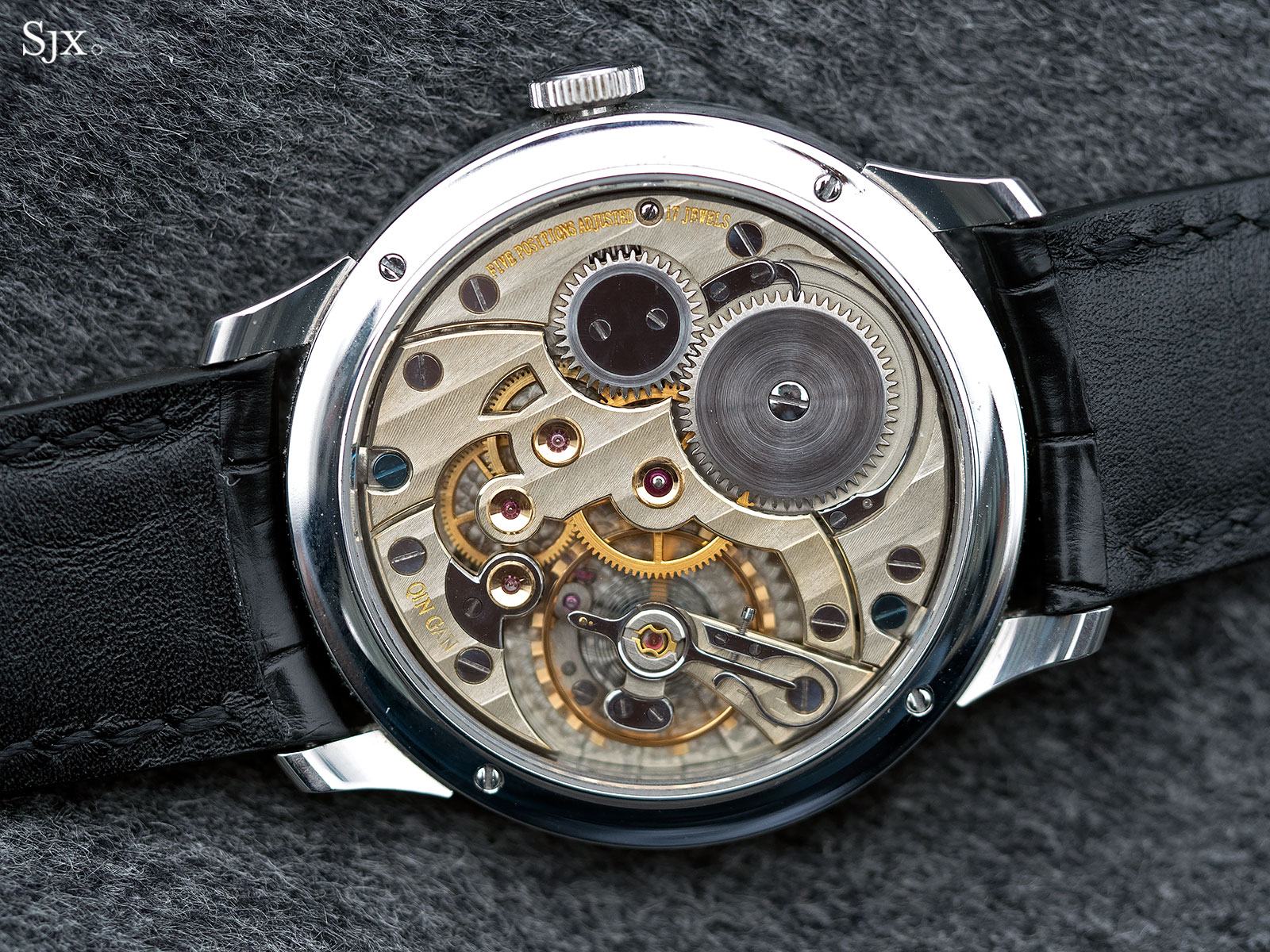
An example of refined watchmaking in China, the Qin Gan Pastorale prototype
Pre-owned
The secondary market has equally been affected by the slowdown, though the big players had to suffer major write-downs in their inventory. This is happening against a landscape populated by many more players that emerged during the pandemic boom. And even when inventory has been written down, inventory levels are high.
As a result, secondary market entities, ranging from auction houses to dealers, will to do more to stand out. This will reinforce two trends that have already taken hold.
The first: merchants evolving into social media influencers, primarily through videos, longer clips on YouTube and short ones on TikTok and Instagram. Some of these videos are like junk food – easy to consume but with little real value – but some are both entertaining and informative. Roman Scharf of Luxury Bazaar, for instance, was one of the first movers in this space and now over 470,000 subscribers on his YouTube channel that covers the business as well as watches in an engaging way.
The second is more “scholarship”, mostly in the form of guides to various types of watches. Such content gives context to a watch, and also reassures buyers that the watch has been “studied”. The more of a particular type of watch a dealer has to sell, the more likely he or she is to pen a guide for it. Such guides can vary in utility and quality, but even considering the commercial angle, the best of them are useful tools.
Back to top.




